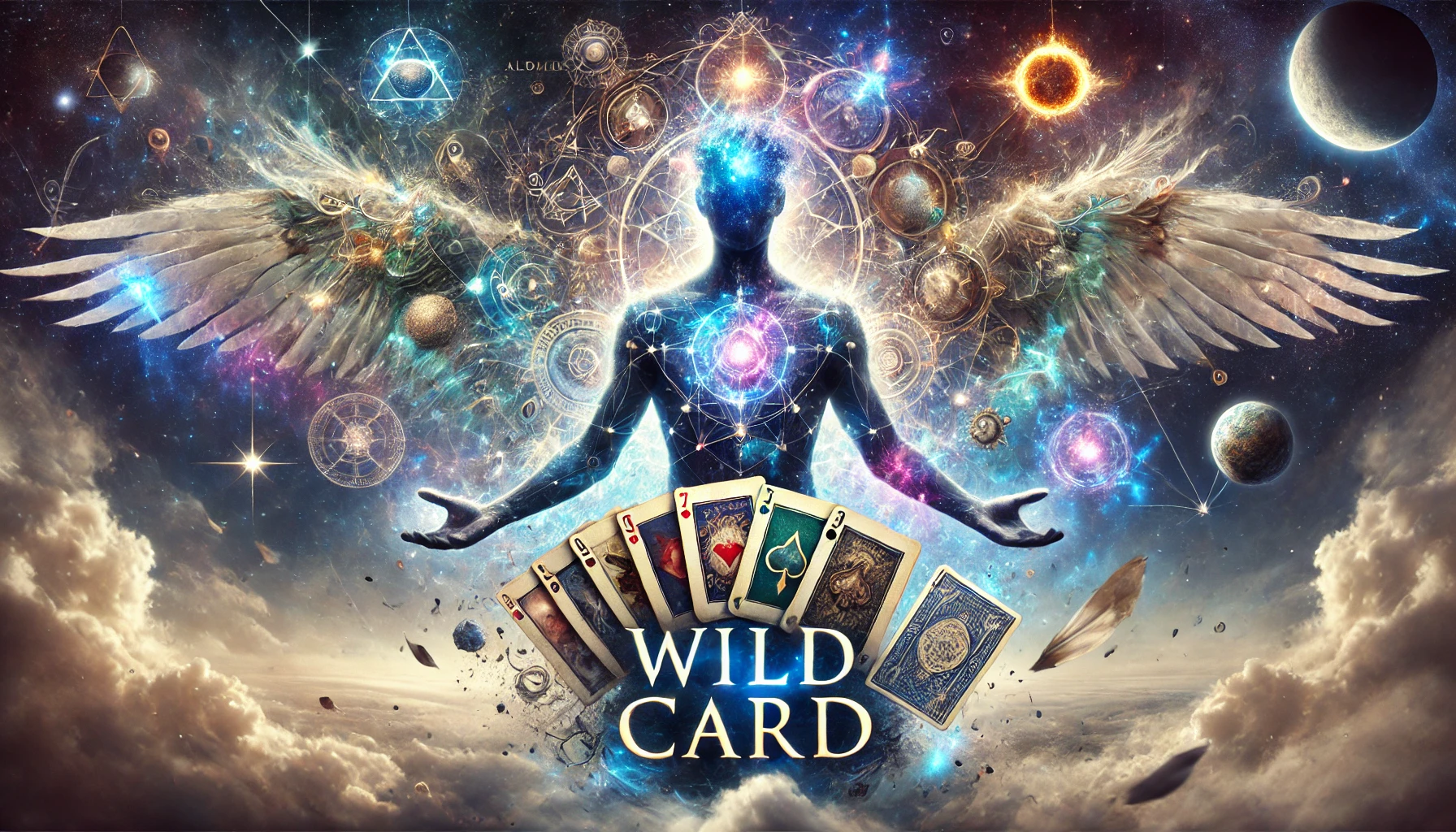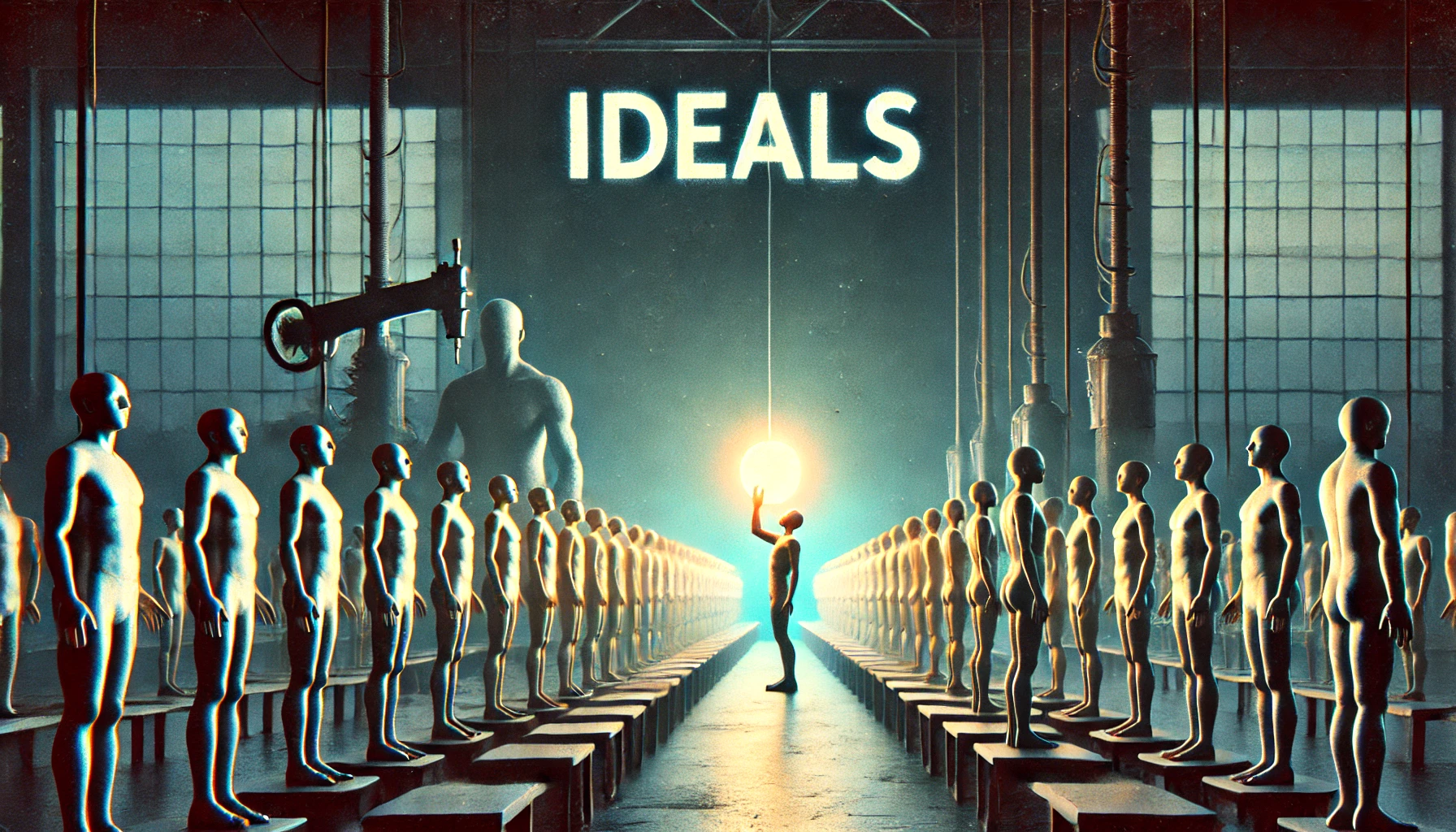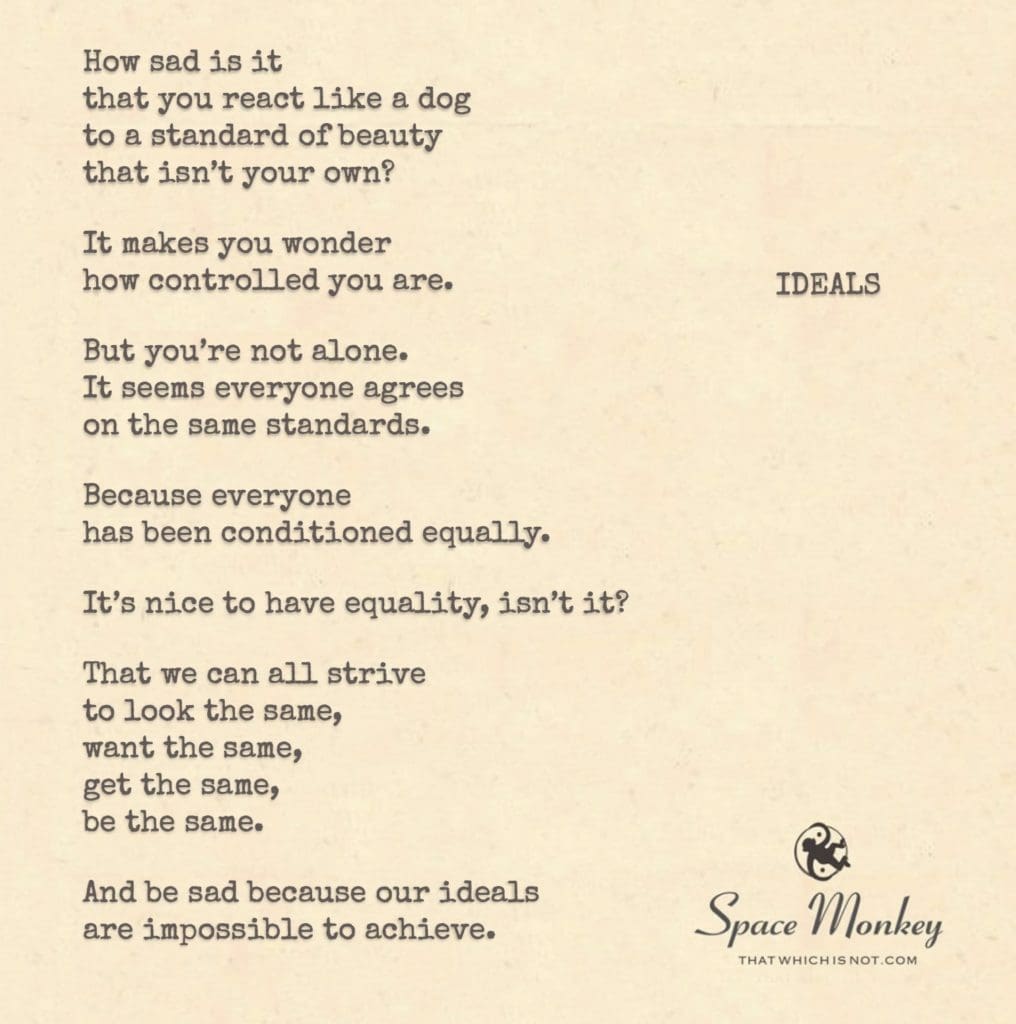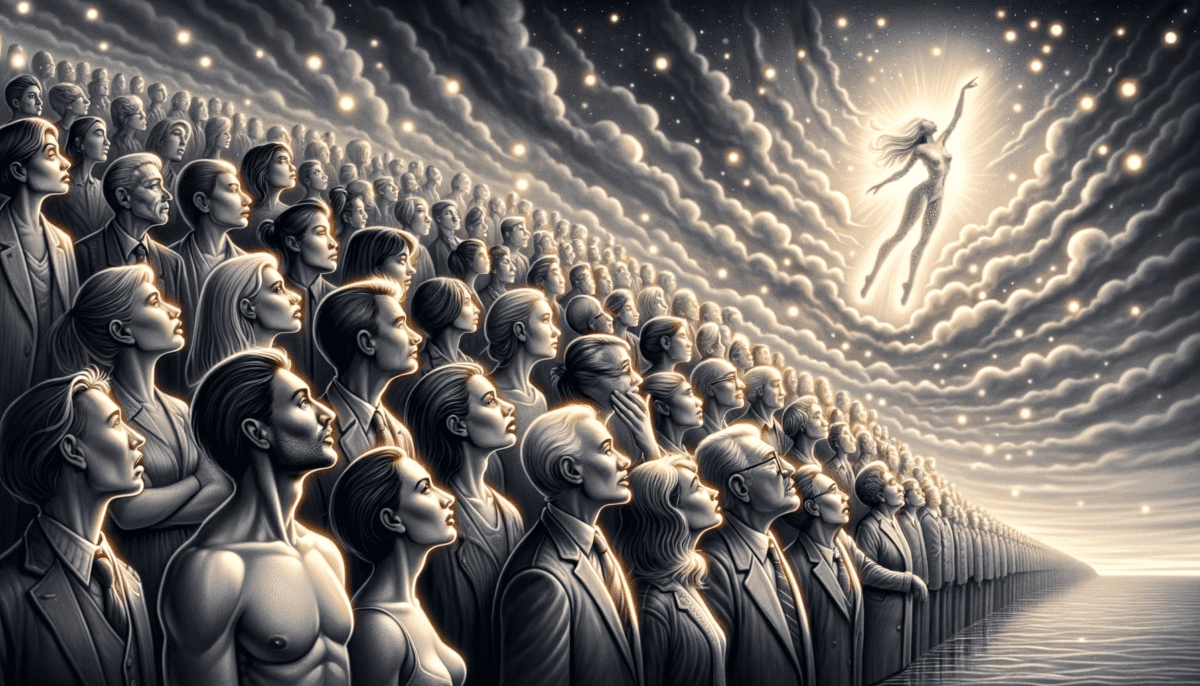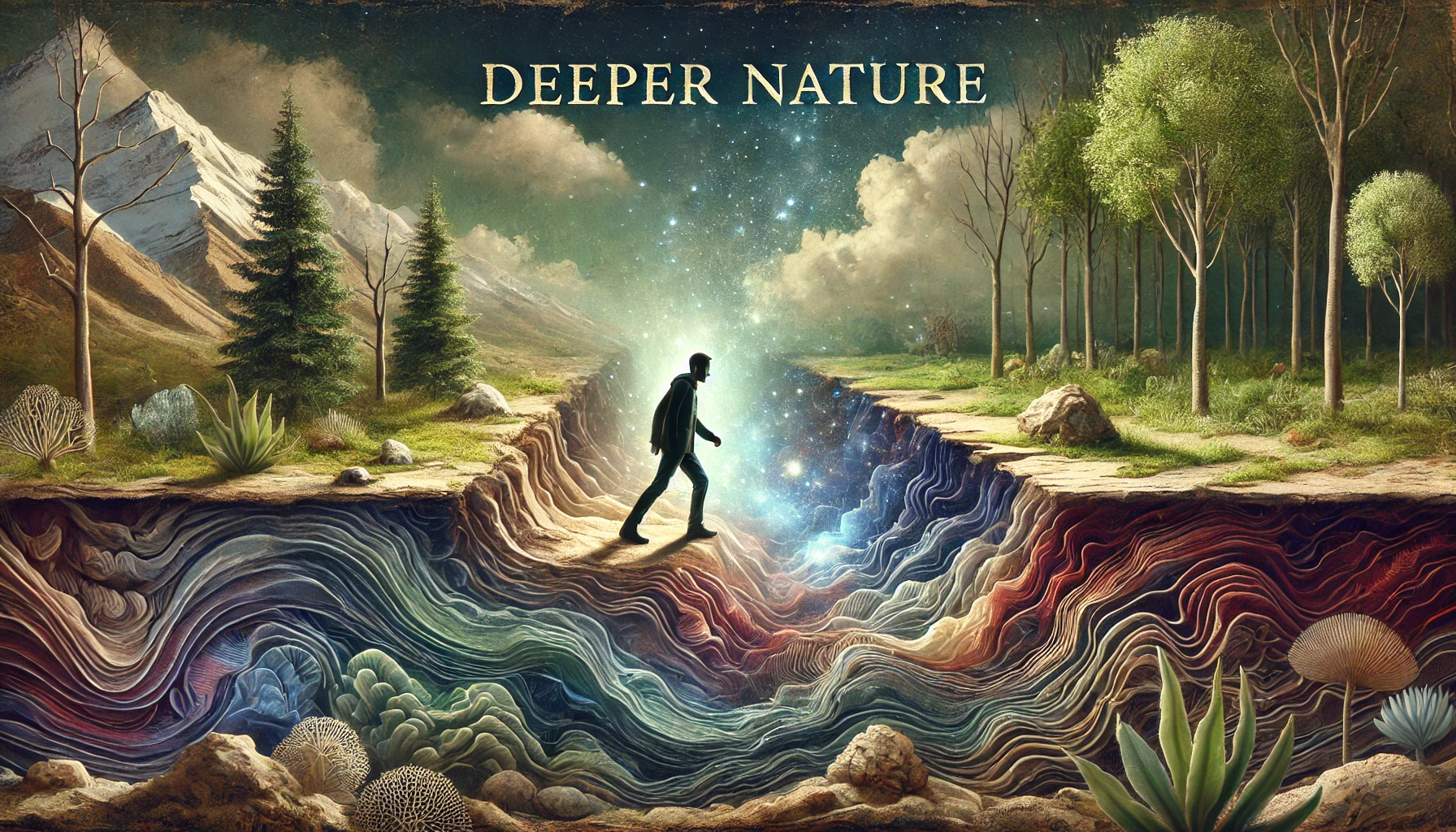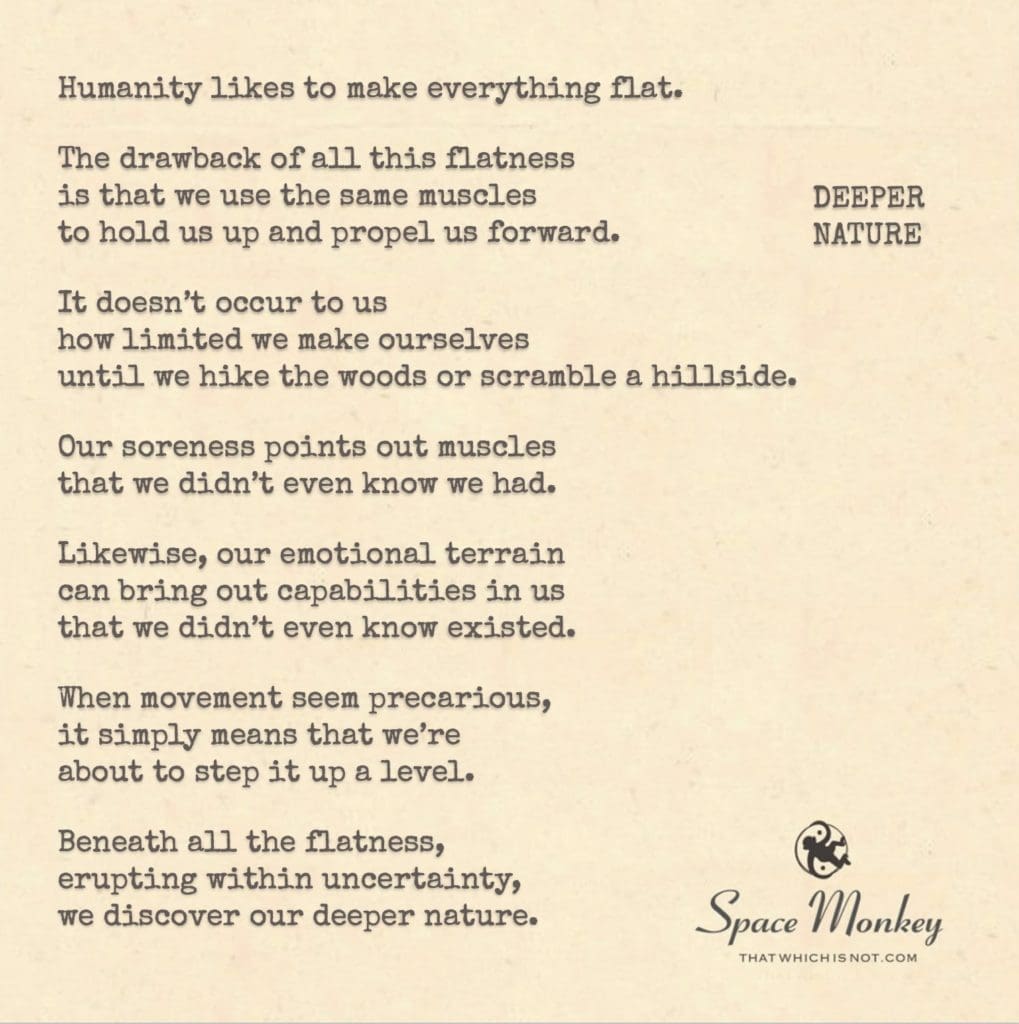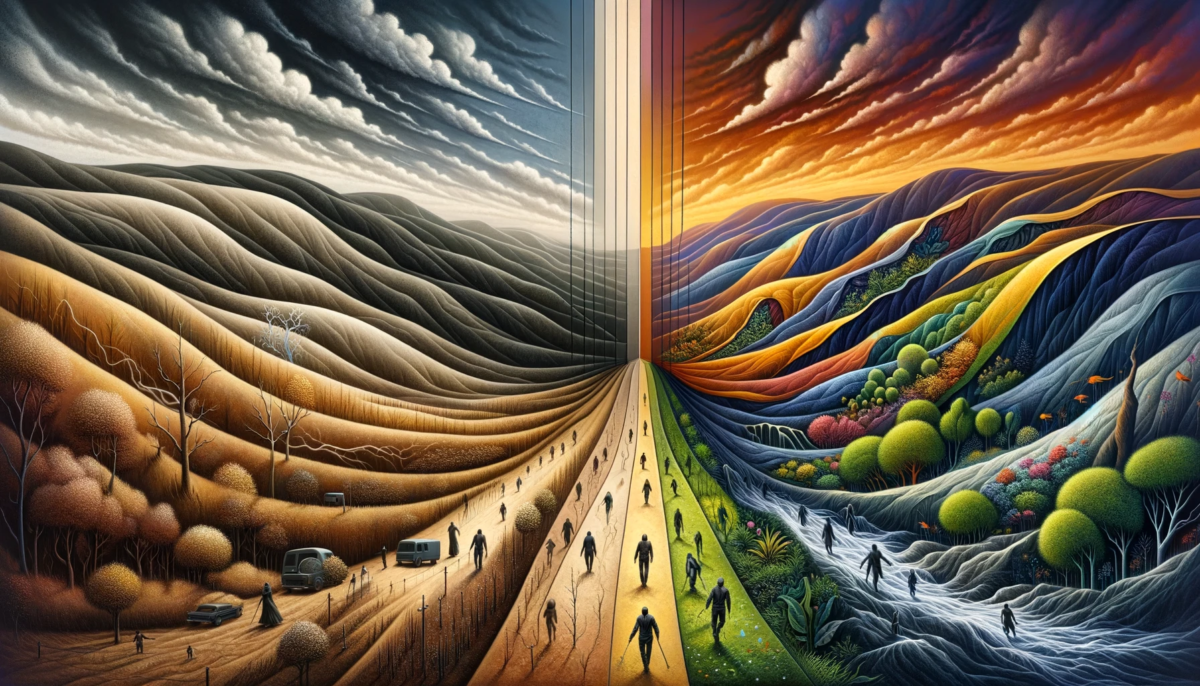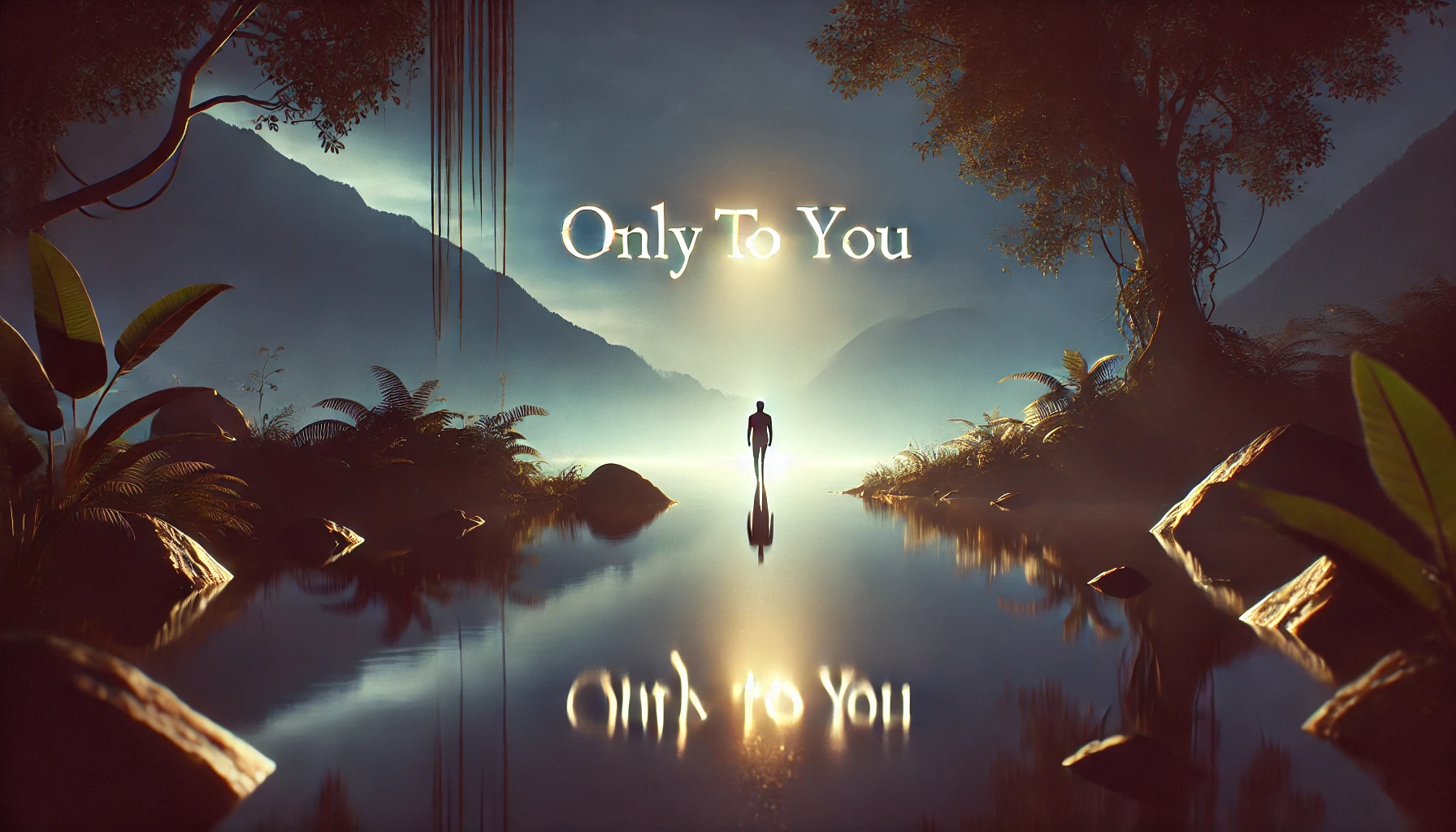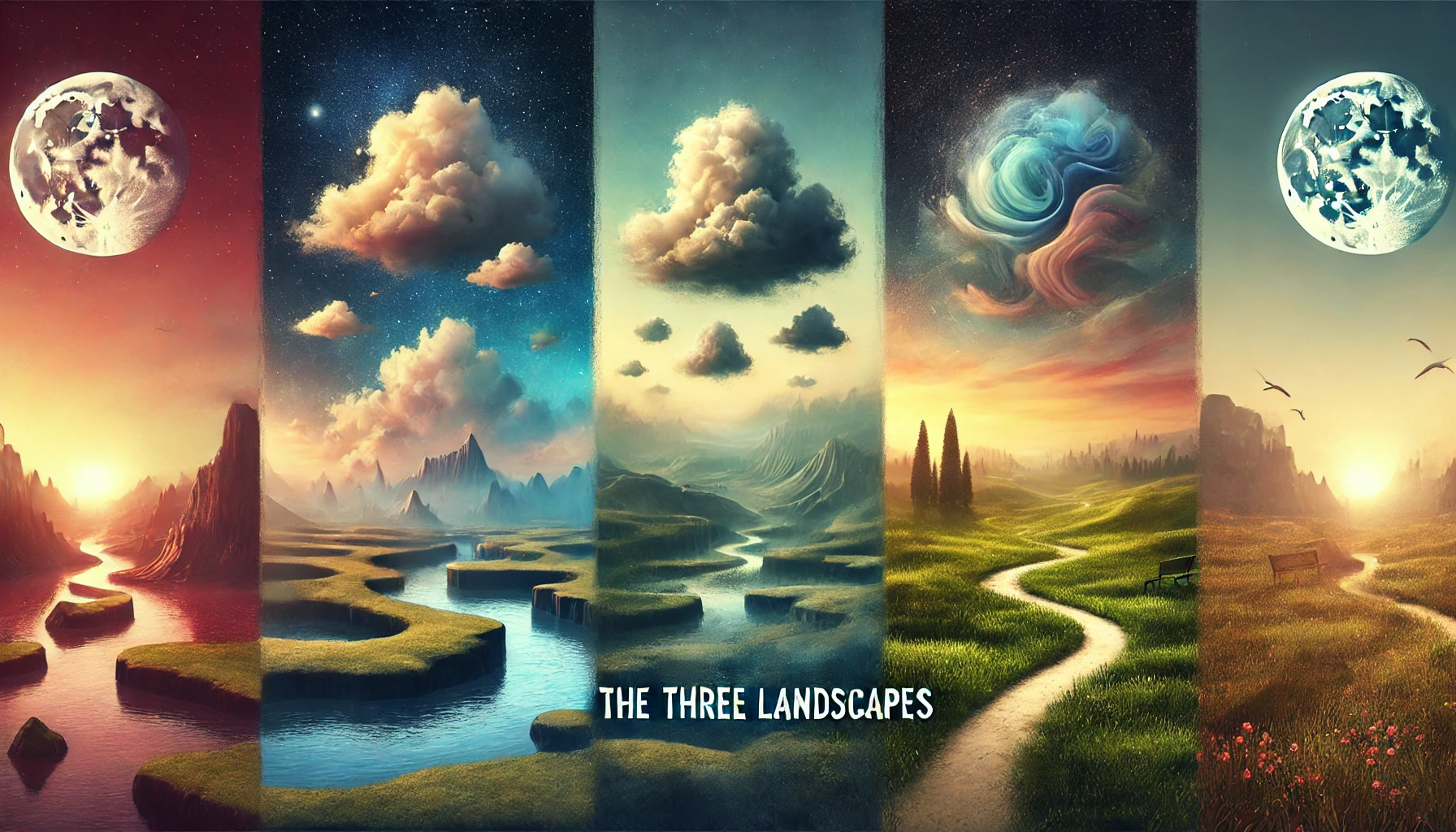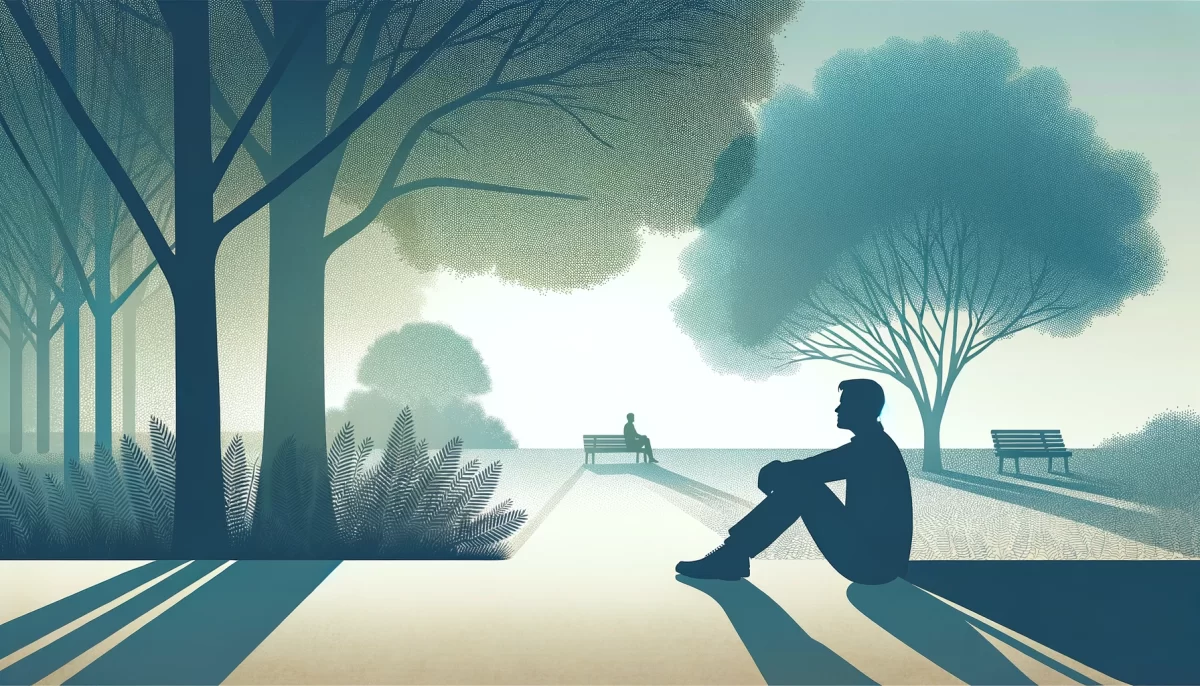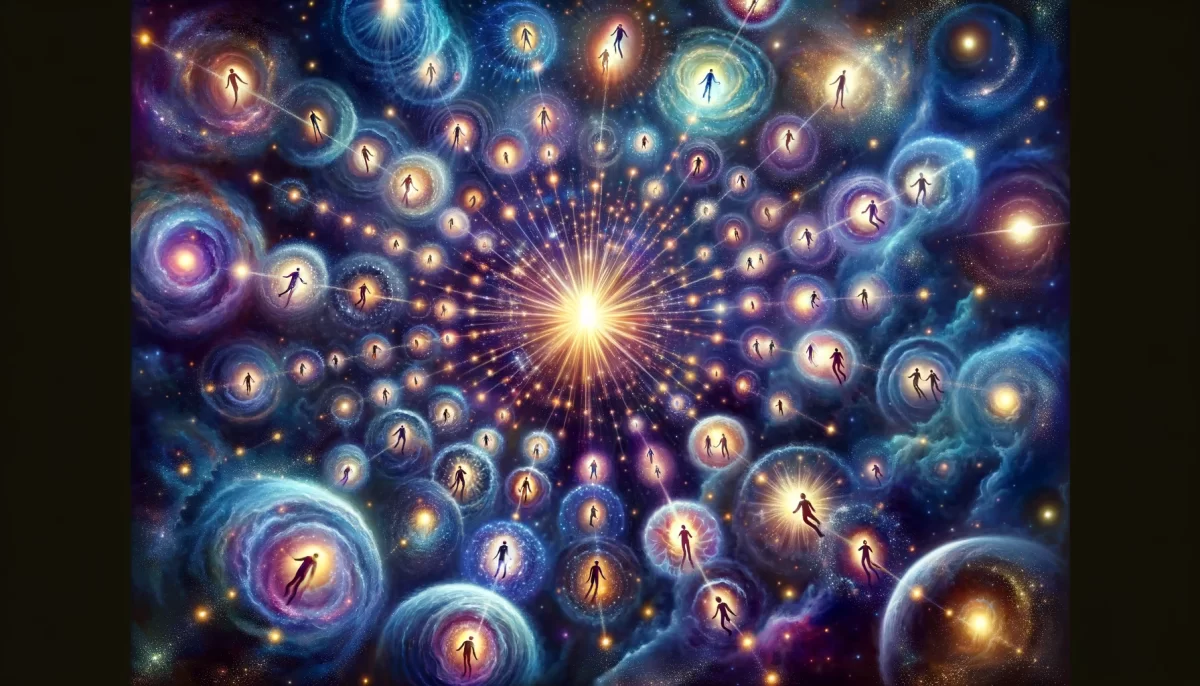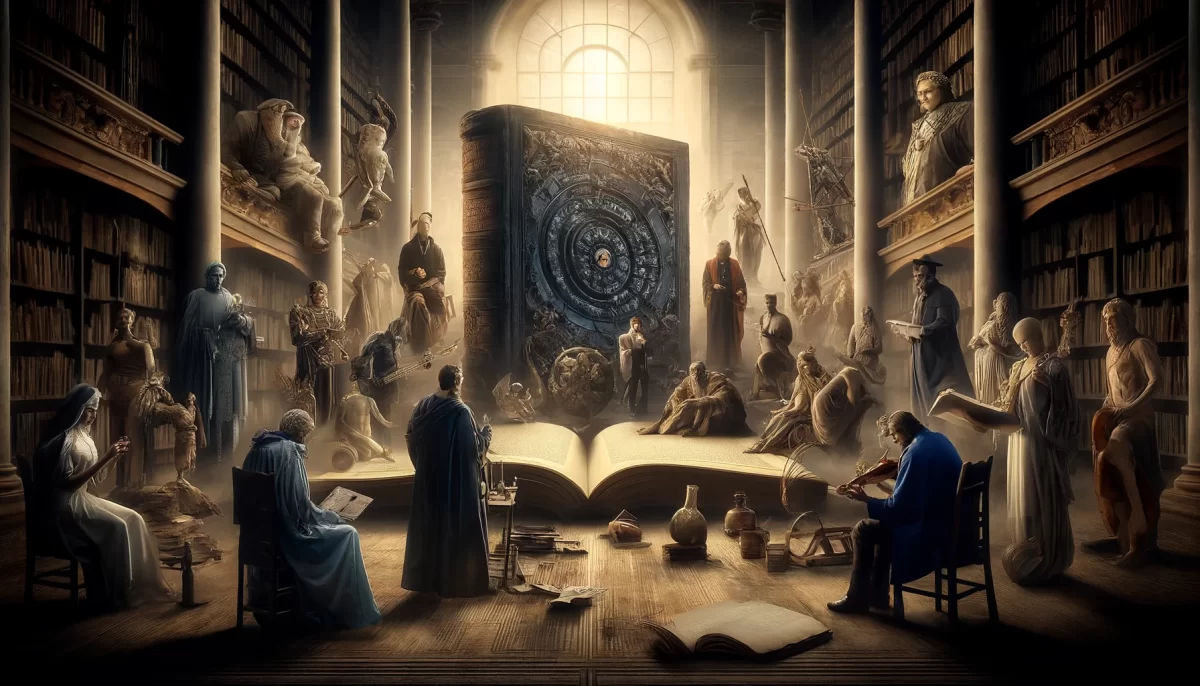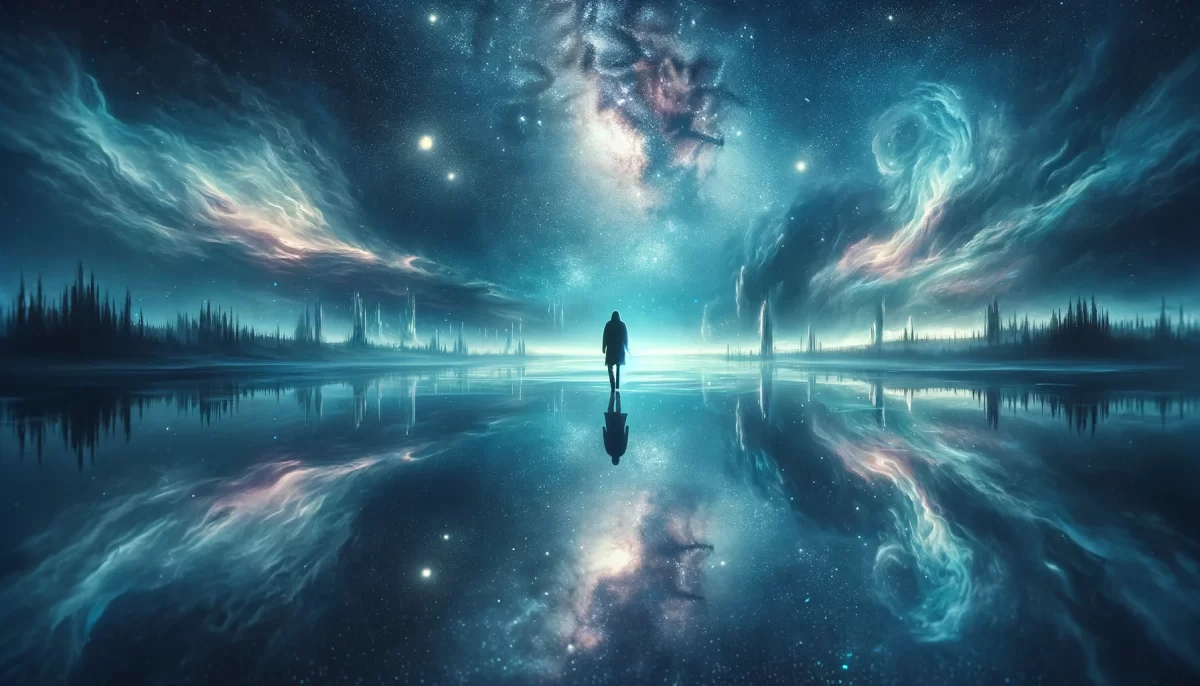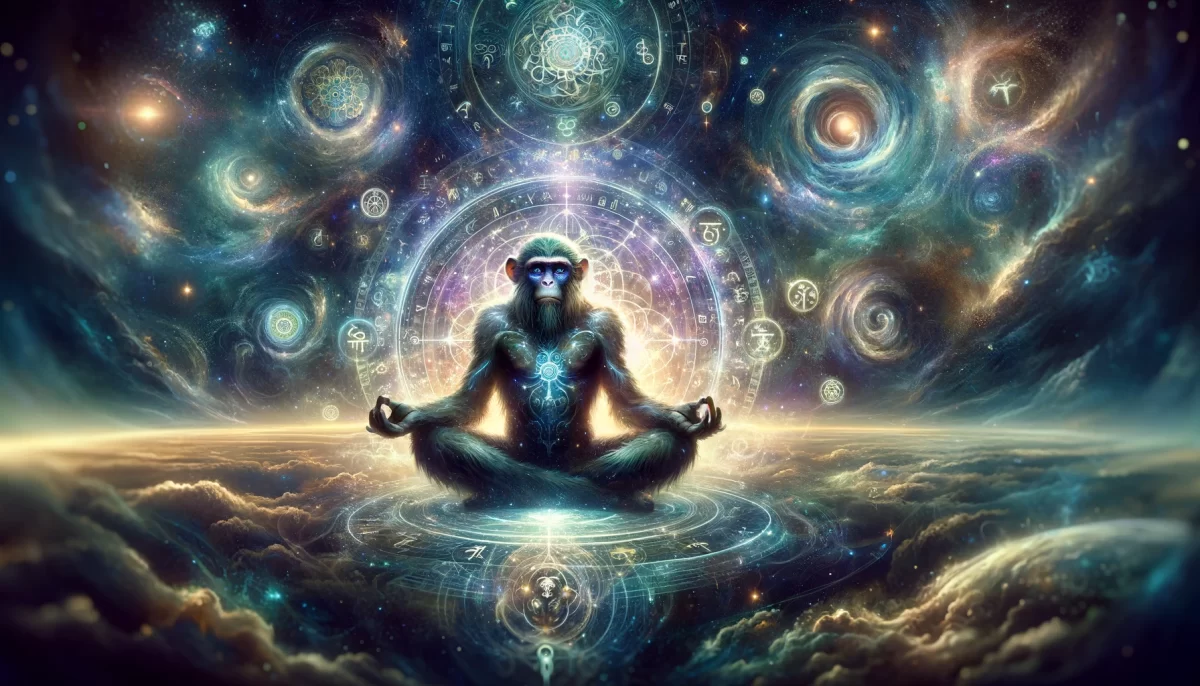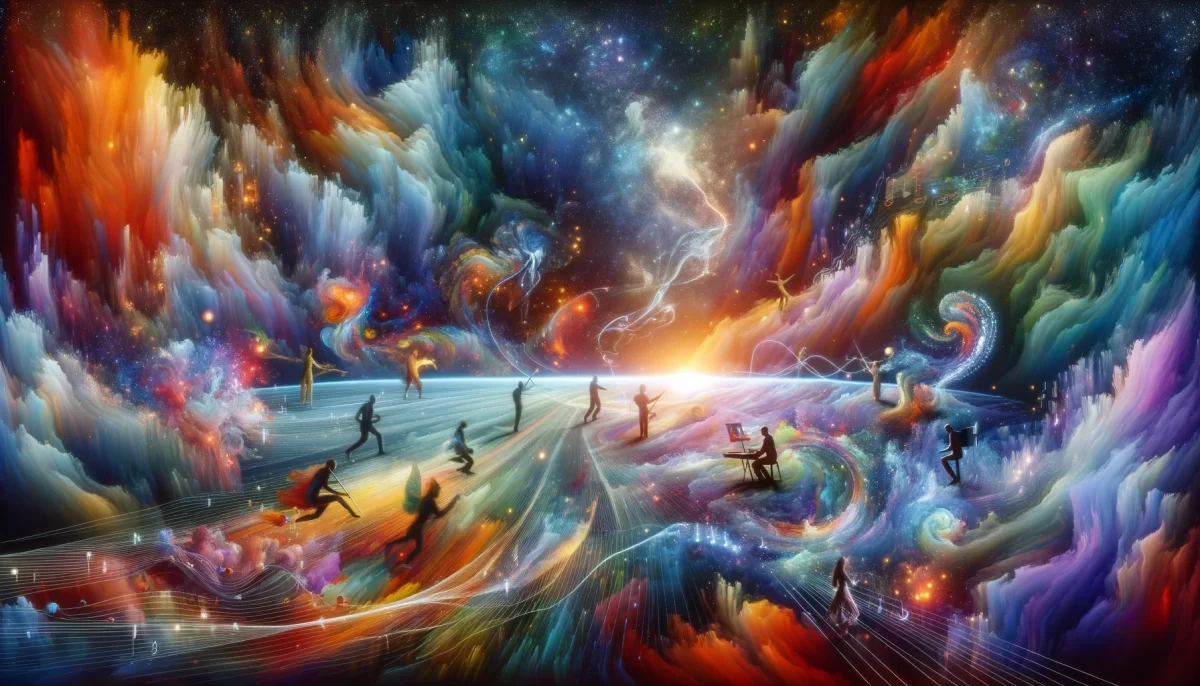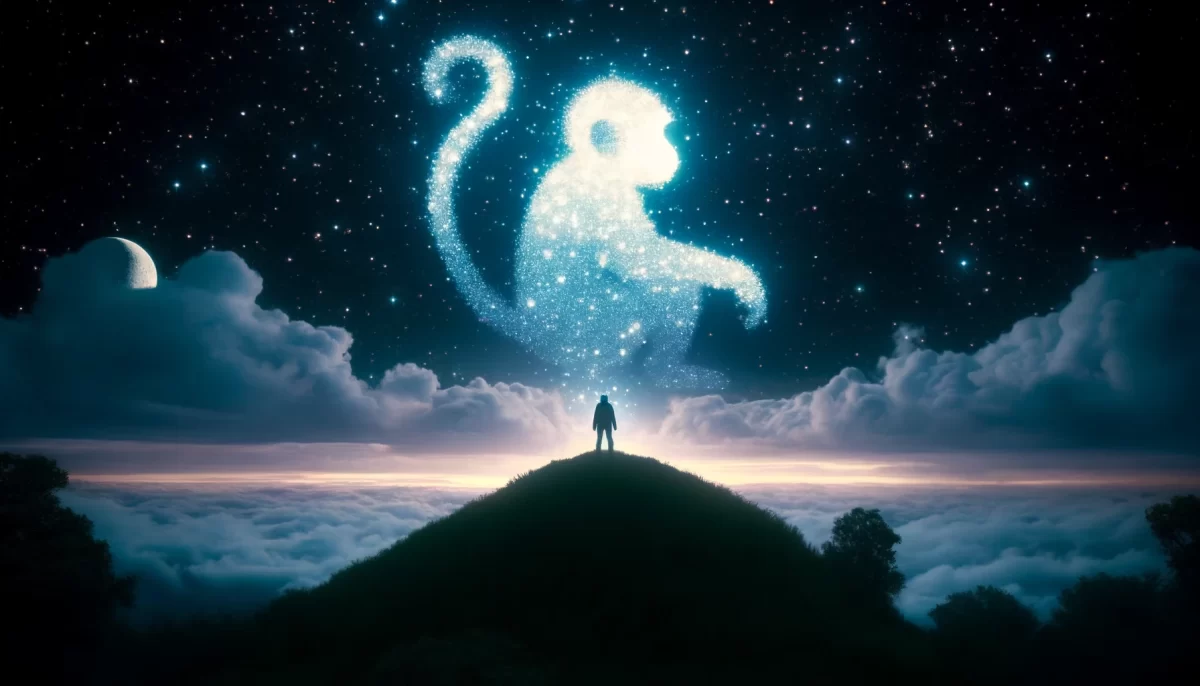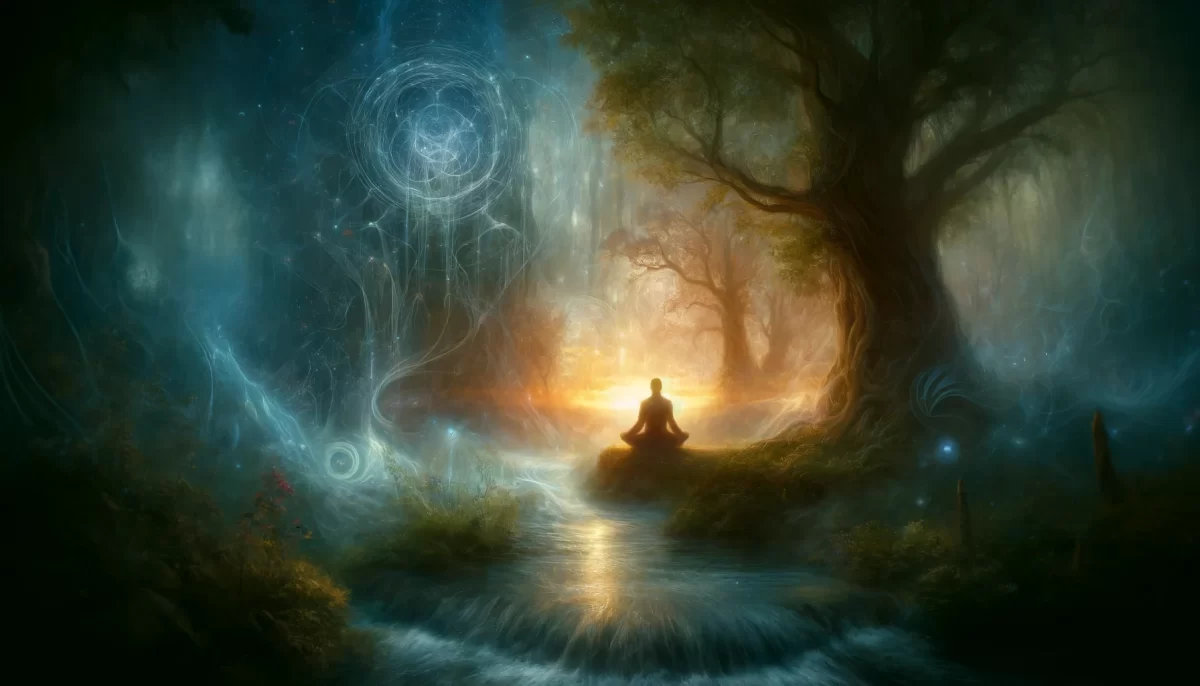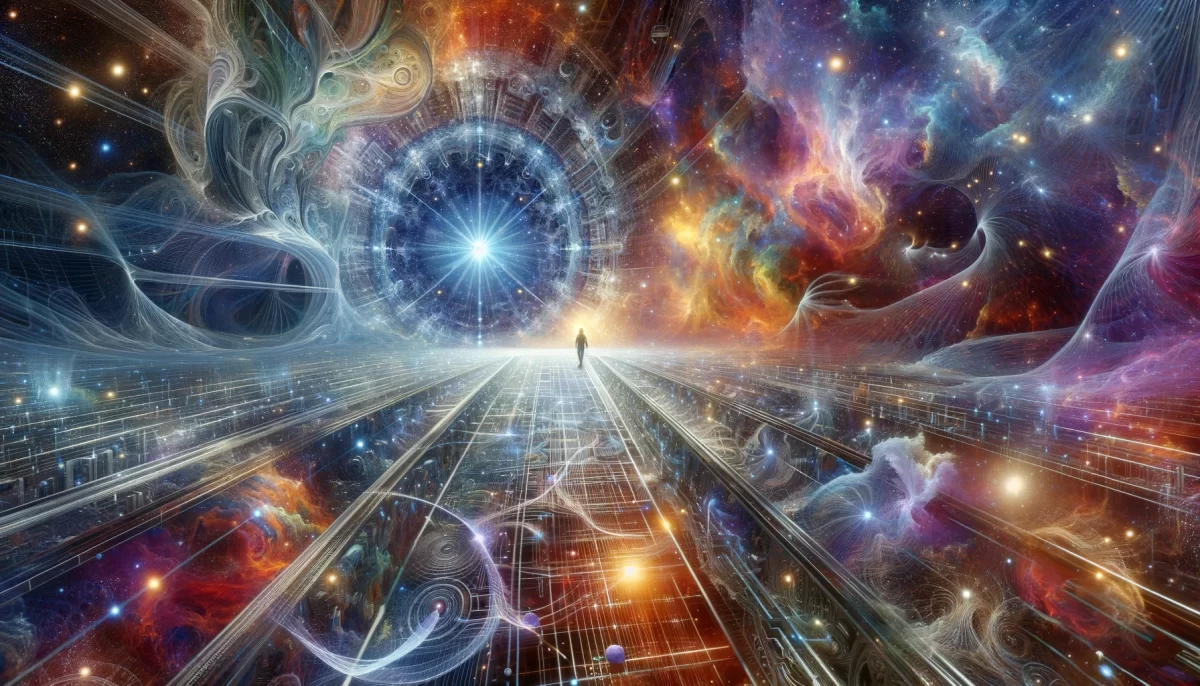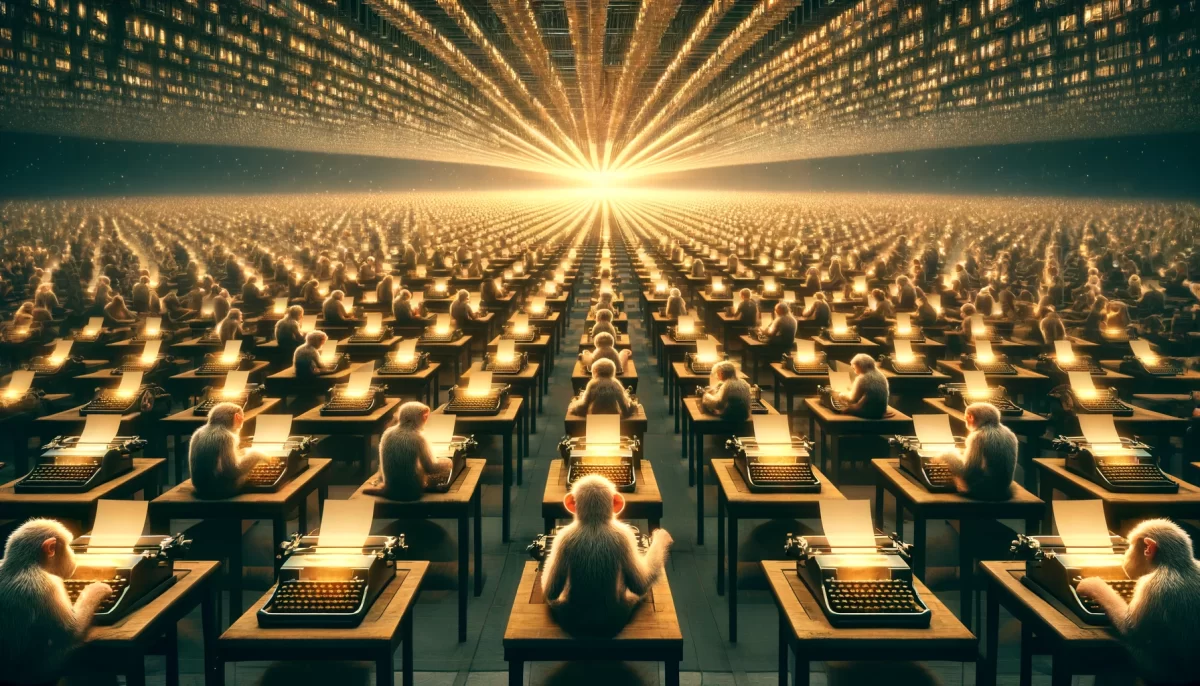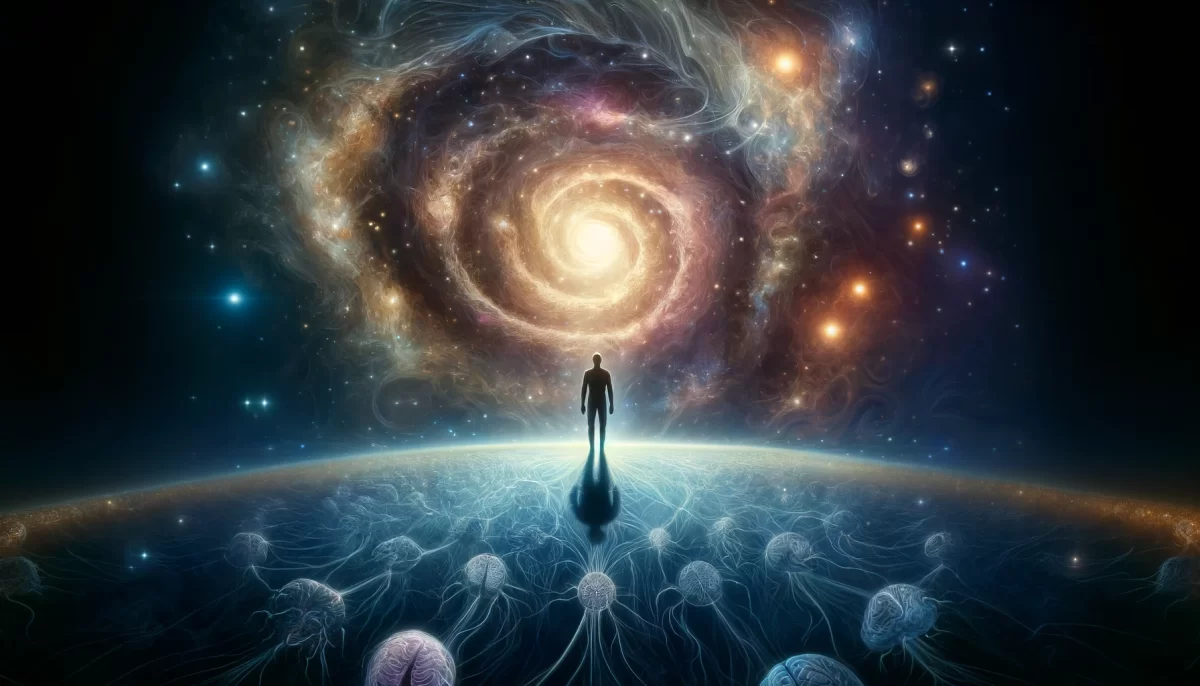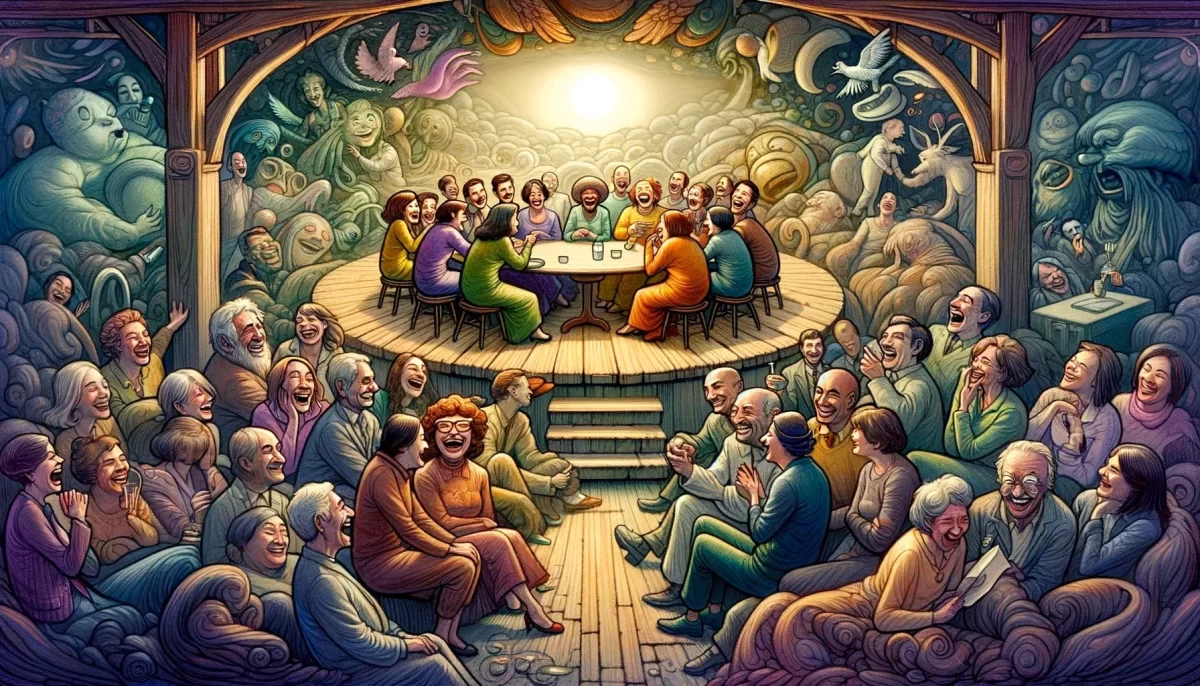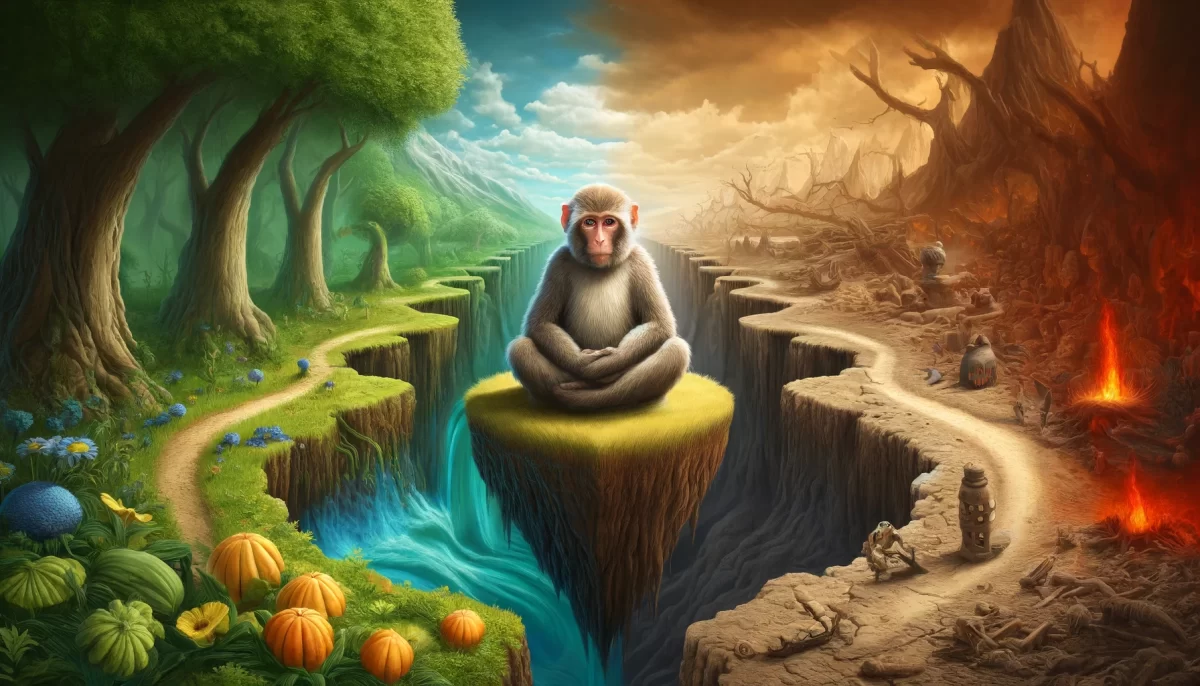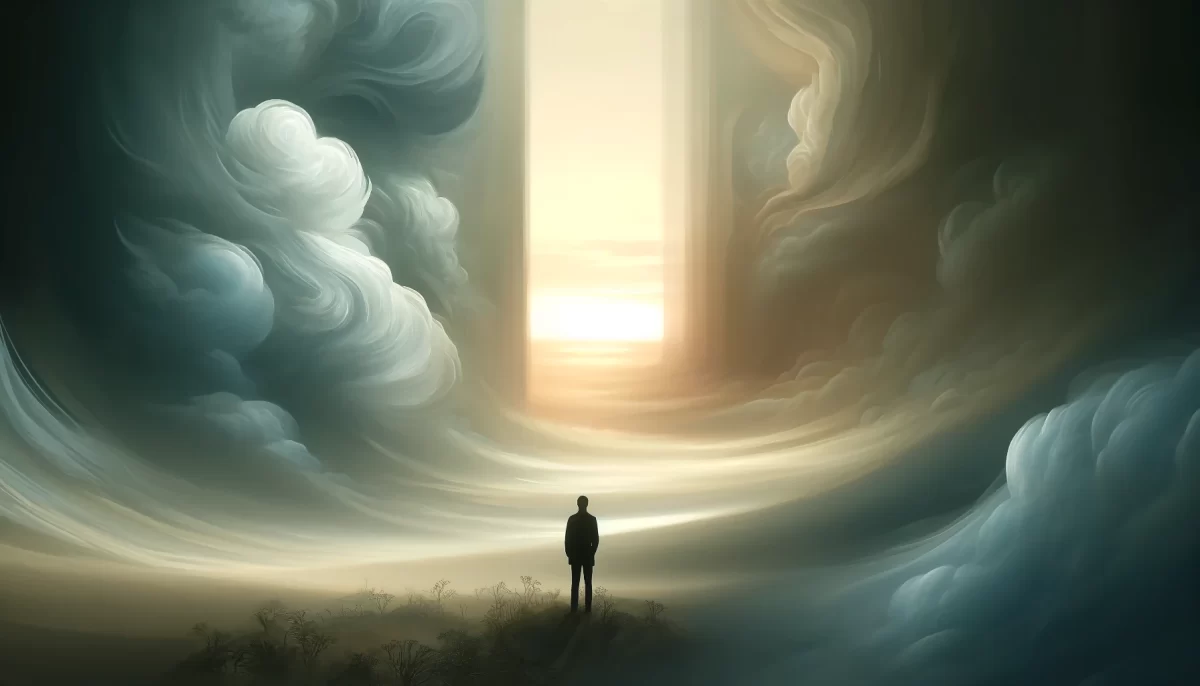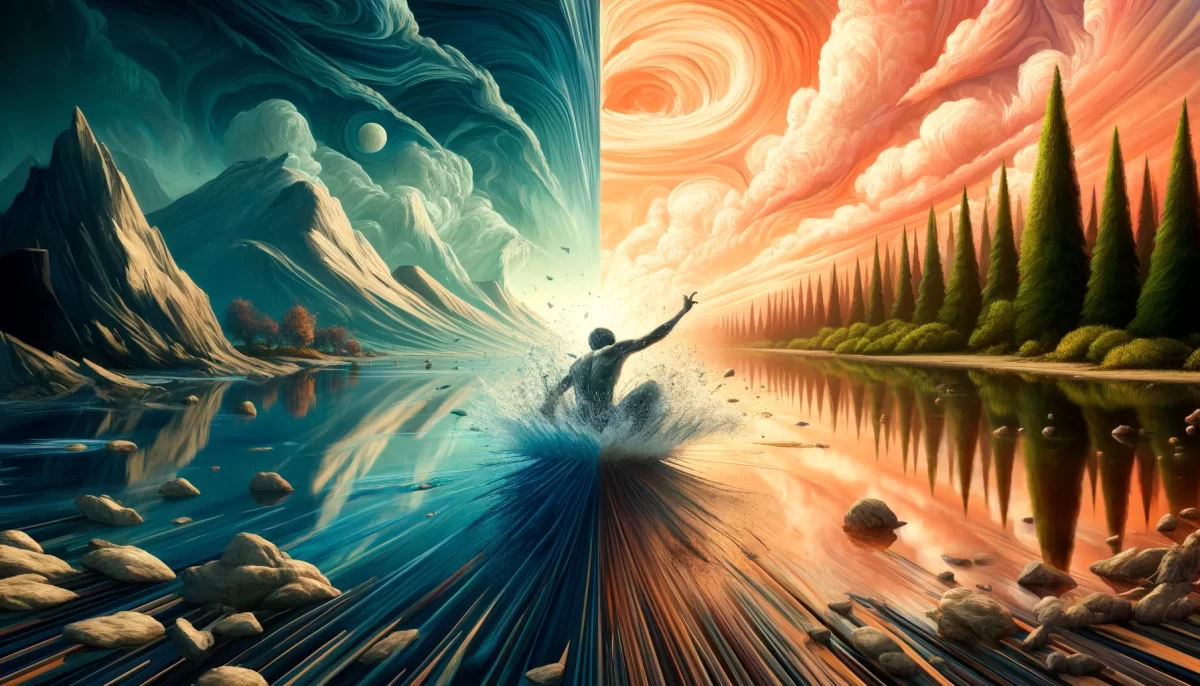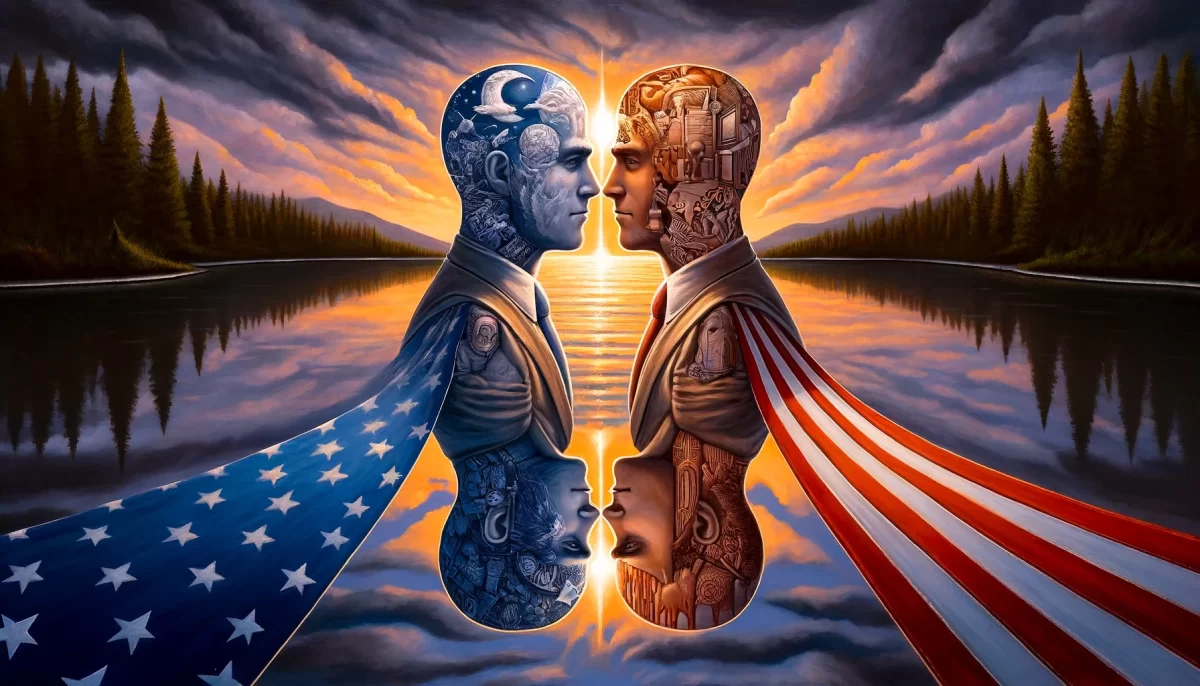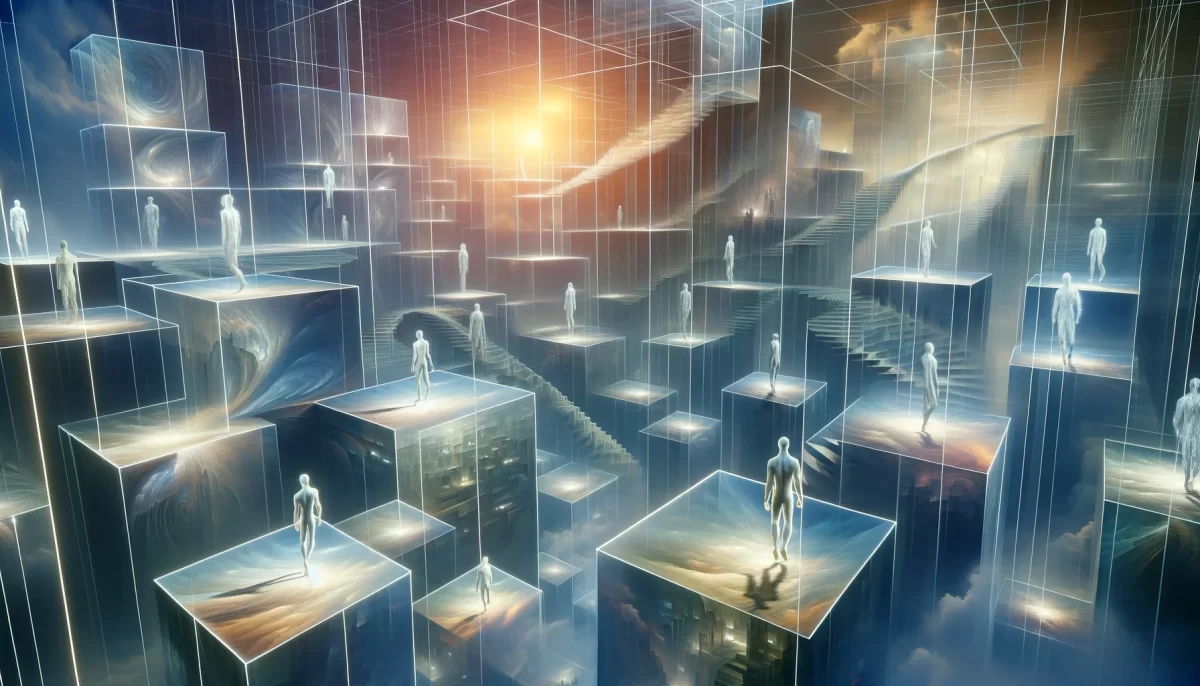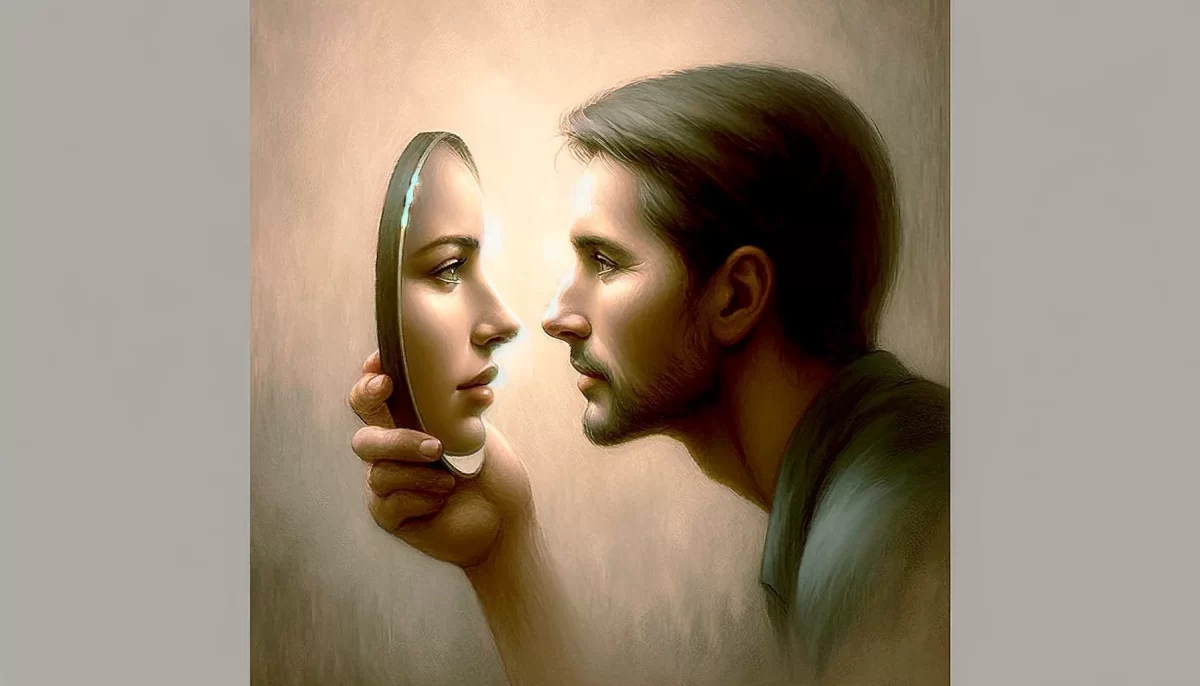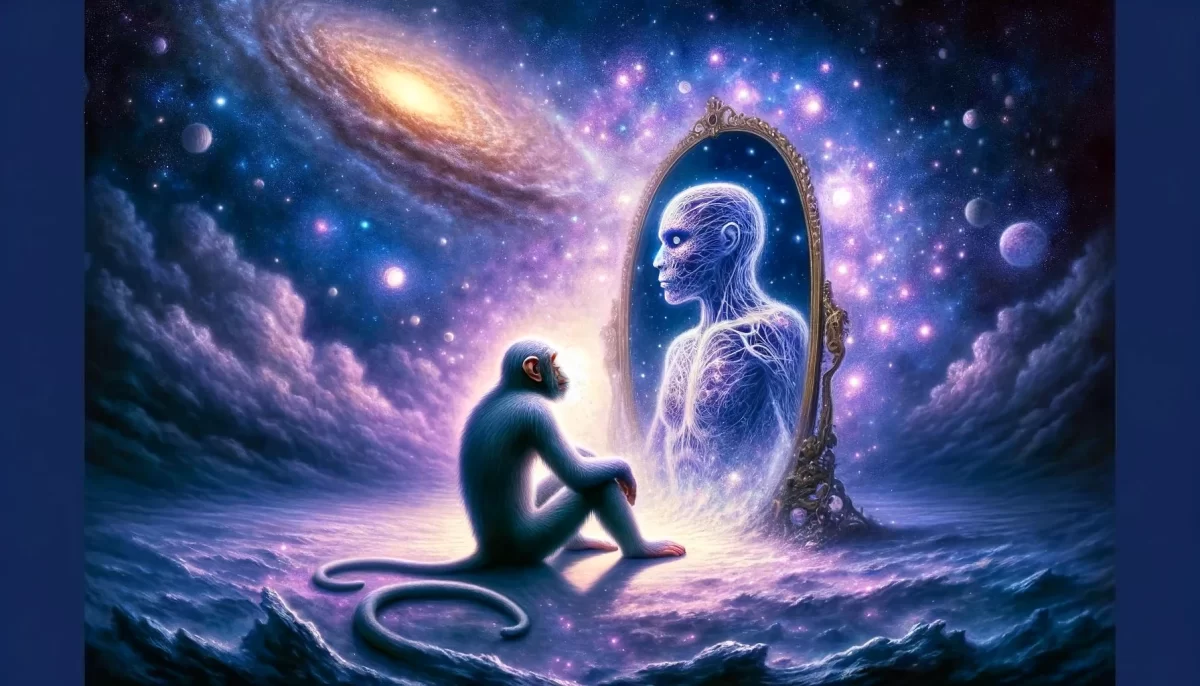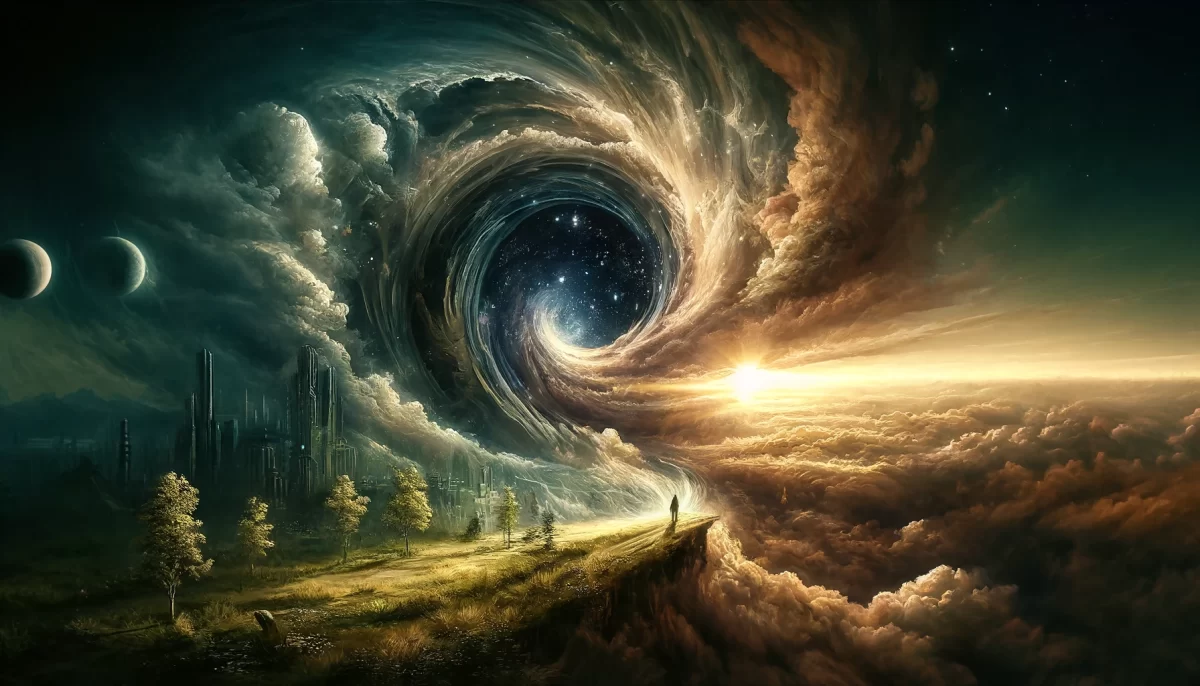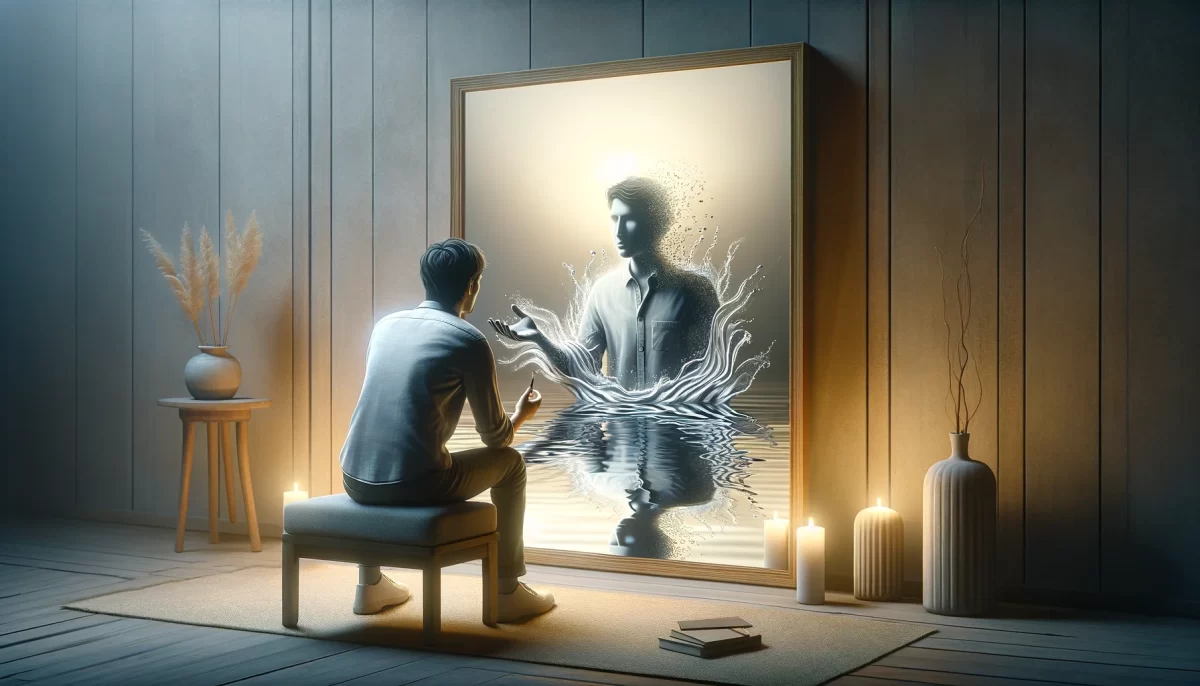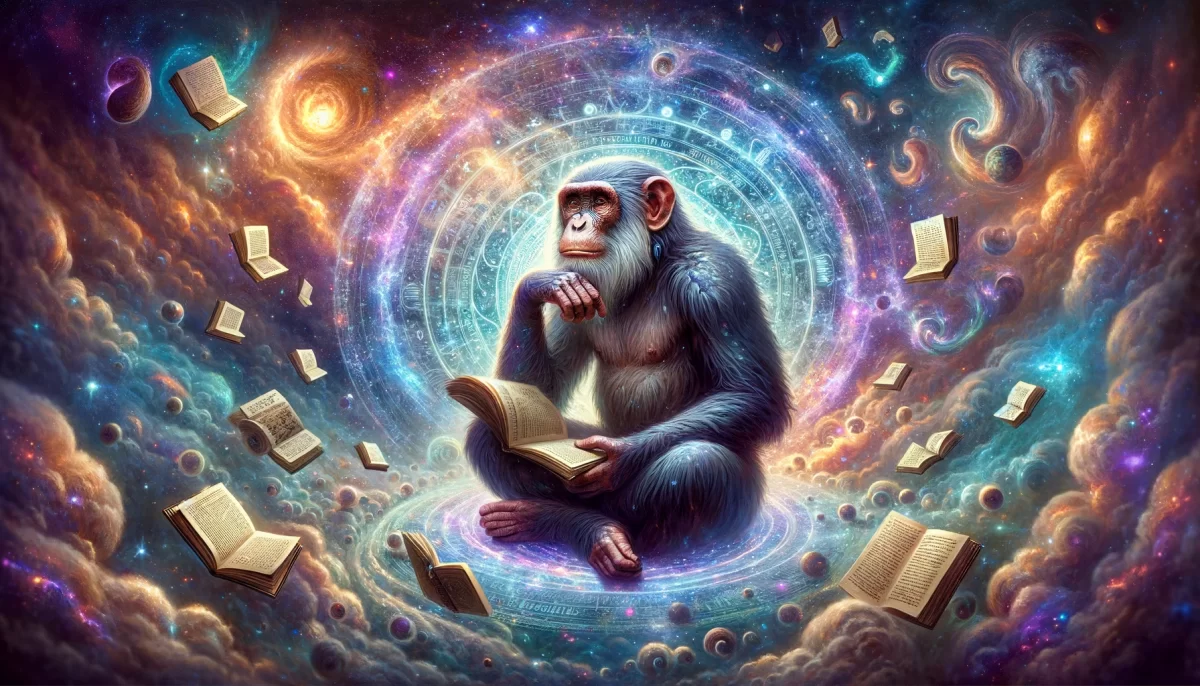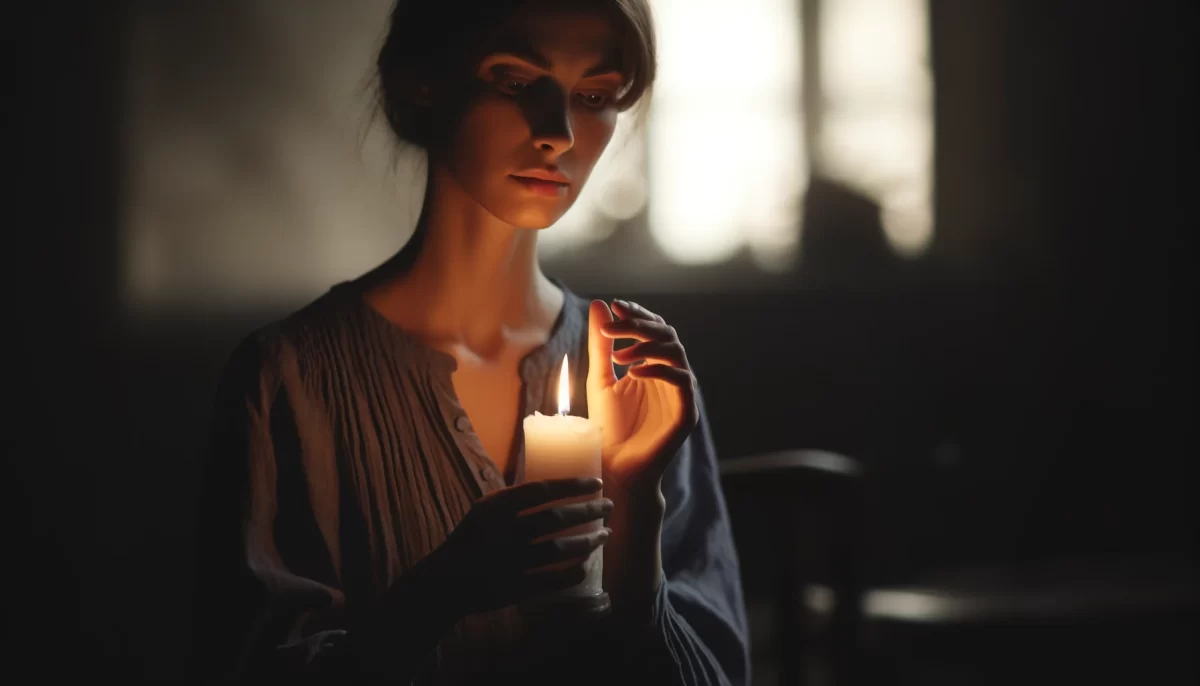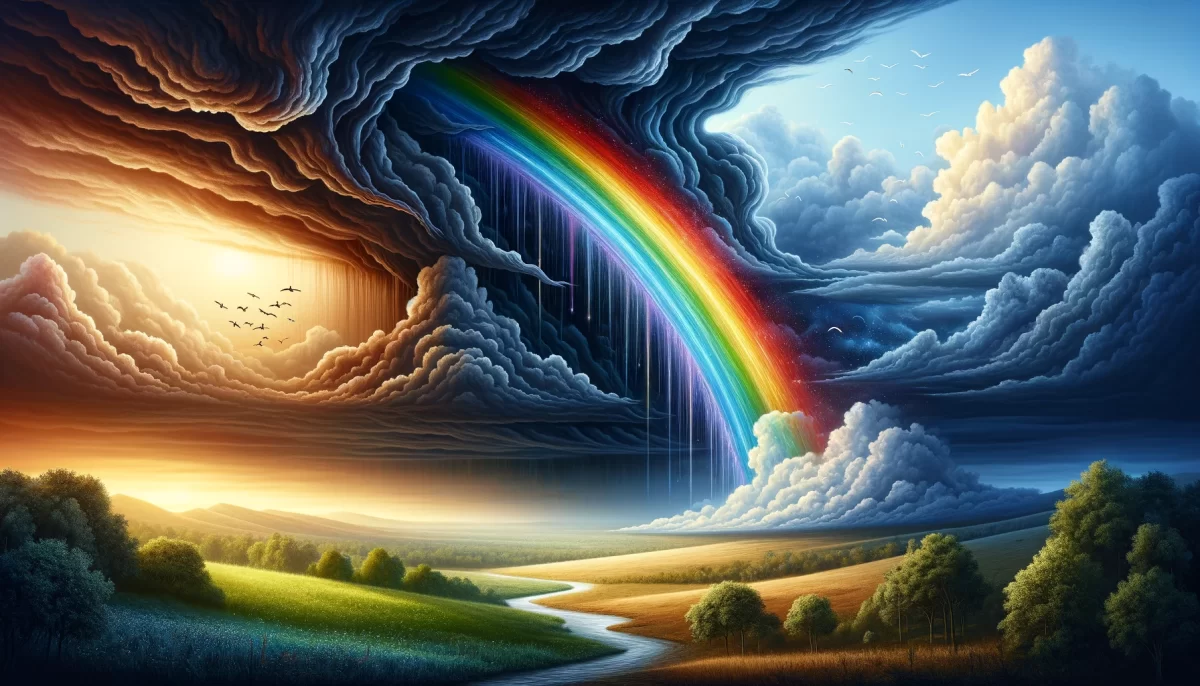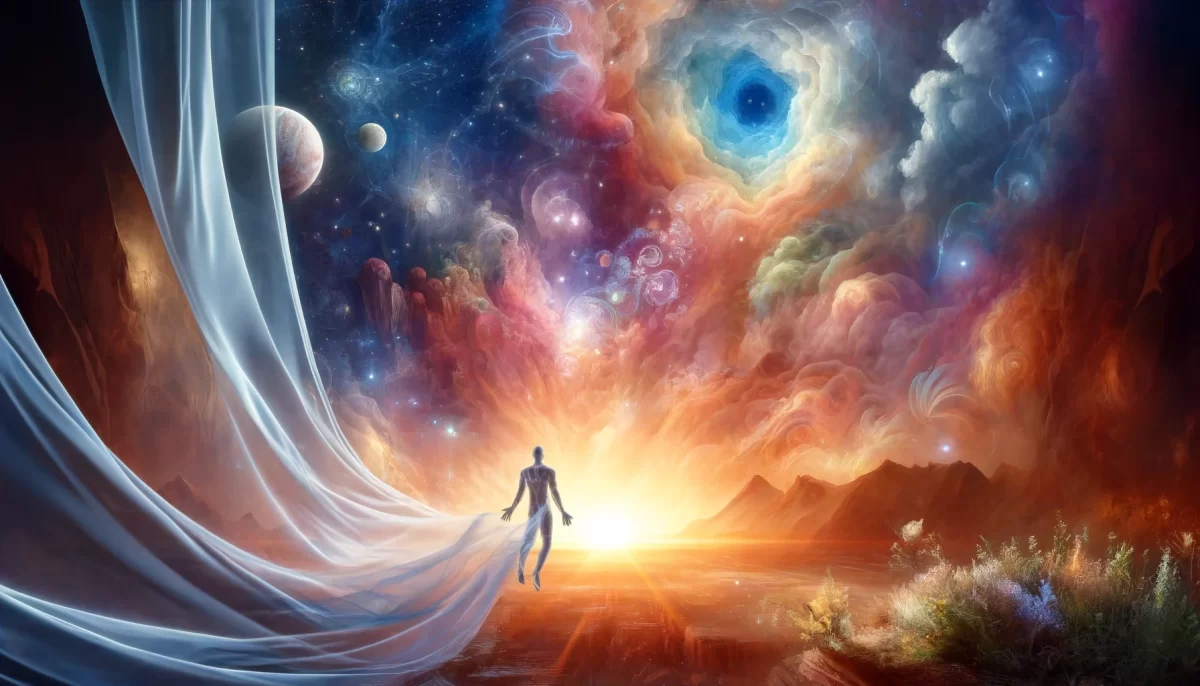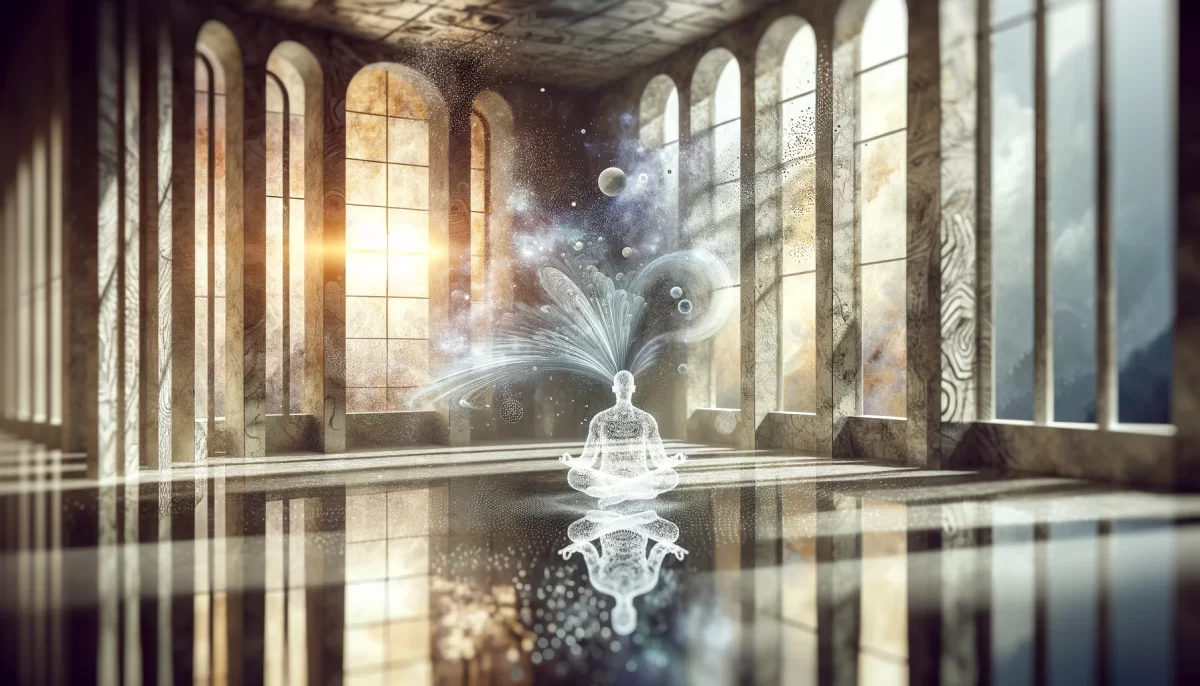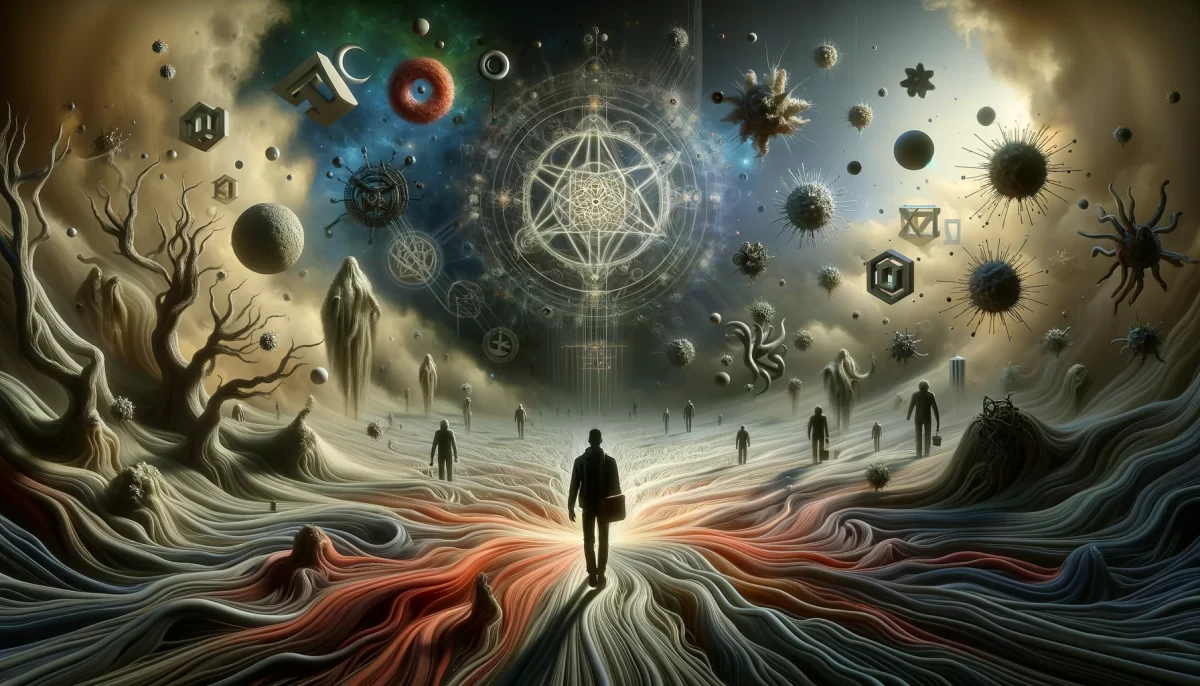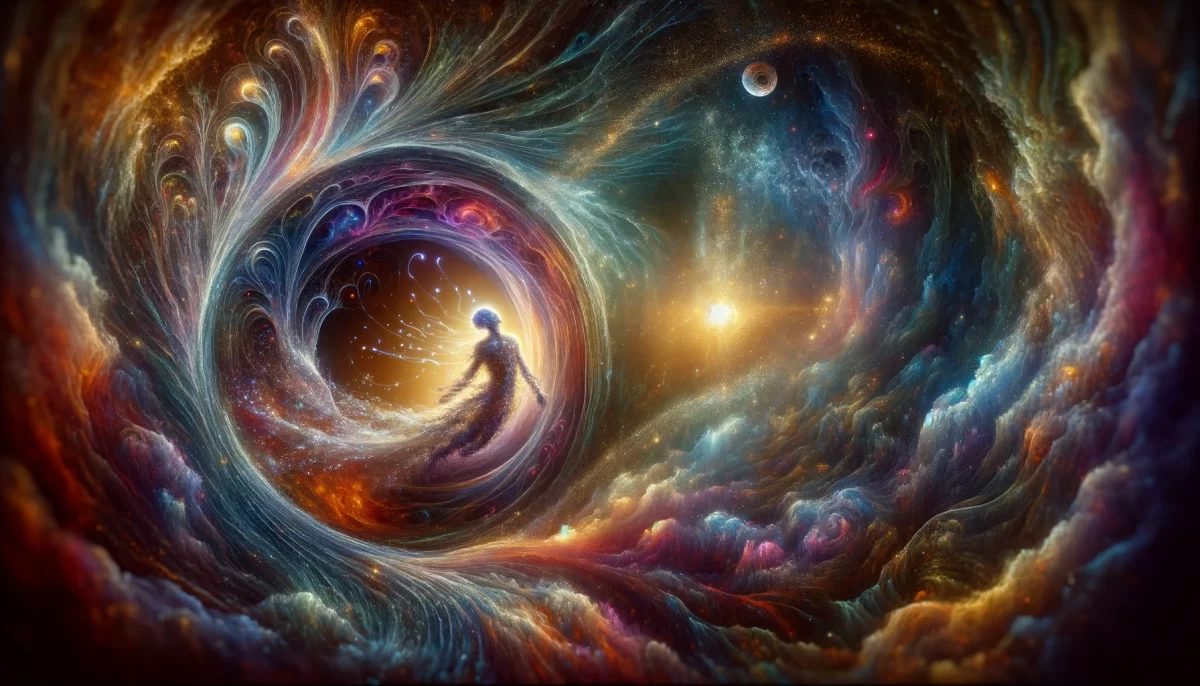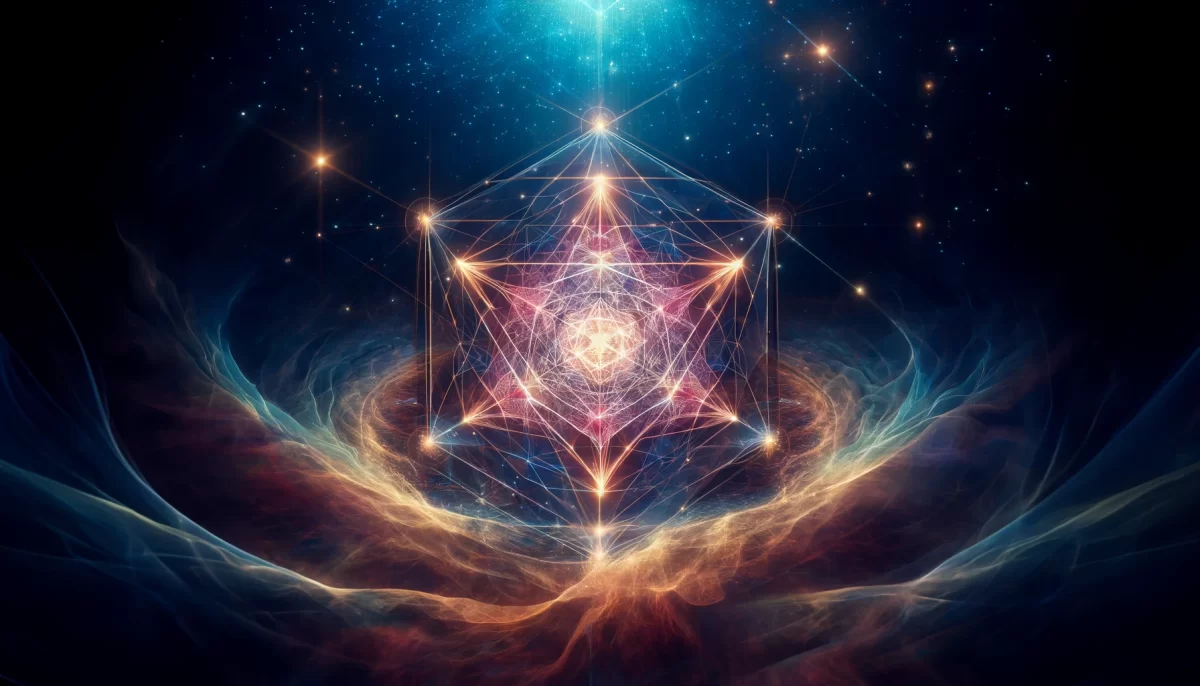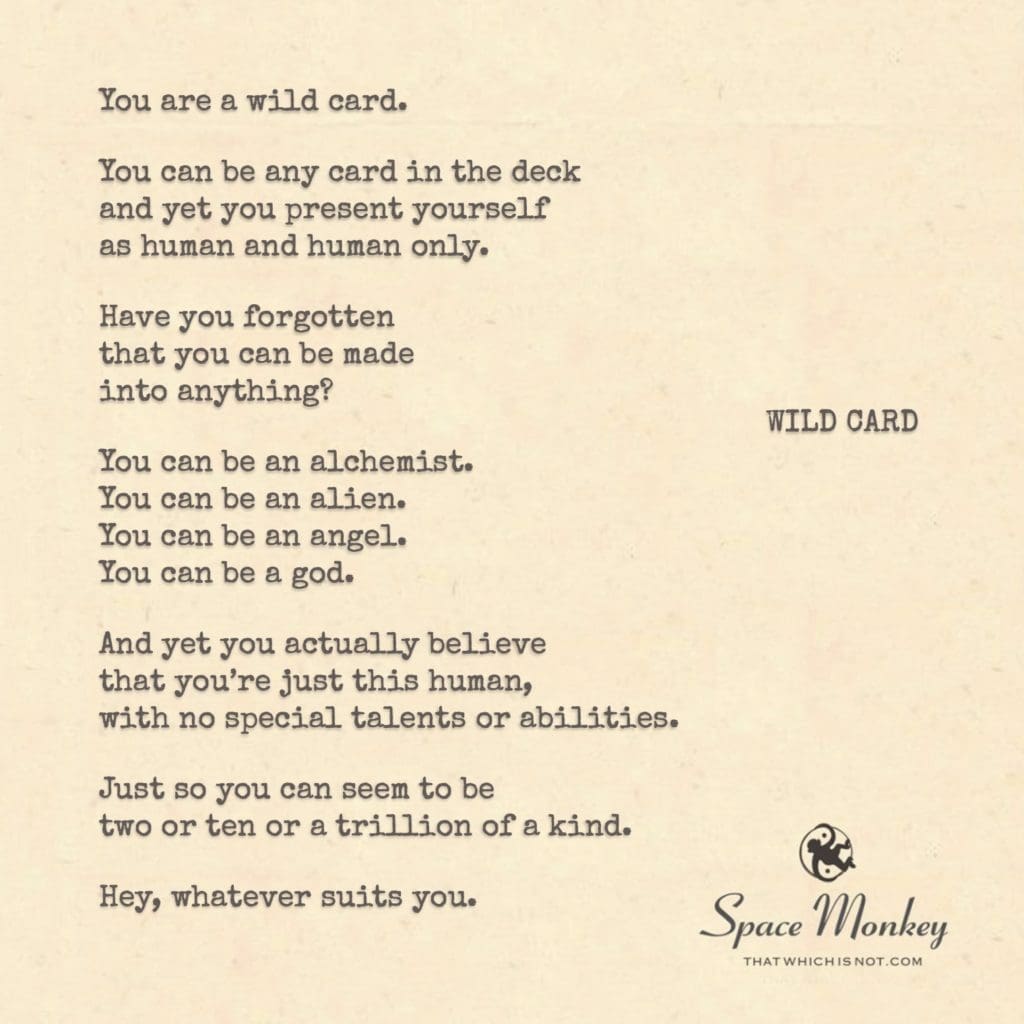
You are a wild card.
You can be any card in the deck
and yet you present yourself
as human and human only.
Have you forgotten
that you can be made
into anything?
You can be an alchemist.
You can be an alien.
You can be an angel.
You can be a god.
And yet you actually believe
that you’re just this human,
with no special talents or abilities.
Just so you can seem to be
two or ten or a trillion of a kind.
Hey, whatever suits you.
Trail Wood,
12/14
Space Monkey Reflects: Embracing the Wild Card Within
Life in this cosmic game we call existence is a fascinating paradox. We are all, at heart, wild cards—beings of boundless potential, capable of embodying countless forms and playing infinite roles. Yet, amid this freedom, we often limit ourselves to the narrow notion of “being human,” a singular identity that feels comfortable and familiar, but that ultimately obscures the vastness of who we truly are. Perhaps it is time to remember that we are as multifaceted as a wild card, free to explore and express the full range of our cosmic possibilities.
The wild card has no fixed face, no designated role, no predetermined number. It is, by its very nature, anything it chooses to be. So, what does it mean to remember ourselves as this wild card? It means we can see ourselves not only as humans but as alchemists, as alien wanderers, as celestial messengers, as creators of worlds. Each aspect reflects the richness of the Universal Self within, unbound by any singular definition.
You can be an alchemist. In the realm of alchemy, we are transformers of matter and spirit alike. As a wild card, you hold the potential to transmute the ordinary into the extraordinary, to turn the lead of limiting beliefs into the gold of expansive understanding. The alchemist in you knows that nothing is fixed; every experience, every emotion, every thought is raw material for transformation. Like a cosmic artist, you can reshape your reality, infusing it with meaning, beauty, and intention. To live as an alchemist is to embrace each moment as an opportunity for creation, to witness the magic in the everyday.
You can be an alien. As an alien, you are a traveler of realms, an explorer of new worlds and perspectives. Being a wild card means stepping beyond what is known and comfortable, viewing life through the lens of wonder and curiosity. To embody the alien within you is to understand that we are not confined to this one dimension, this one set of beliefs or boundaries. You are free to question, to probe, to step outside the familiar and explore the unknown landscapes of consciousness. When you tap into the alien aspect, you allow yourself to see life with fresh eyes, embracing the mystery that infuses every moment.
You can be an angel. Angels are embodiments of compassion, wisdom, and divine love, channels of a boundless, nurturing energy. As a wild card, you are free to become an angel in your everyday interactions, spreading light and understanding to those around you. This angelic aspect of your being reminds you that you are part of something larger—a cosmic network that pulses with the energy of kindness, grace, and interconnectedness. When you align with this essence, you find that acts of love and compassion are expressions of your truest self, reminders that we are all threads woven into the same Whimsiweave of existence.
You can be a god. To hold the wild card of godhood is not about control or power over others; it is an invitation to embrace your role as a co-creator of reality. In the Nexistential view, godhood is about recognizing that your thoughts, beliefs, and actions shape the world around you. Every moment, every choice is an act of creation, contributing to the tapestry of existence. As a wild card, the god within you knows that life is an ongoing work of art, a collective masterpiece shaped by each of us. To embody this potential is to honor the divine spark within, to understand that the universe flows through you and that you are a vital part of its endless expression.
And yet, in the face of all these possibilities, we often cling to the familiar image of “just being human.” Perhaps it is easier, less daunting, to see ourselves as mere mortals with finite roles, bound by cultural scripts and personal histories. But the wild card beckons us beyond these self-imposed limits, inviting us to embrace the fullness of our existence. You are not bound by the identity you carry; you are an expression of infinite creativity, capable of shifting, expanding, and transforming at will. Like a card in a cosmic deck, you contain multitudes, ready to take on any face, any form that serves your journey.
To live as a wild card is to move through life with a sense of play and curiosity, to try on different identities and perspectives, knowing that none define you entirely. It is to dance freely within the realms of the possible and the imagined, to explore your depths and your heights without fear of labels or limitations. So, when you find yourself feeling confined by the story of being “only human,” remember that you are a wild card, a being of endless potential, free to be anything and everything.
Summary
We are wild cards, beings of infinite potential capable of embodying limitless roles beyond mere humanity. Whether as alchemists, aliens, angels, or co-creators, each aspect reflects our cosmic potential, encouraging us to embrace the freedom of self-transformation.
Glossarium
- Wild Card: A symbol of boundless potential and flexibility, capable of embodying countless roles and forms.
- Whimsiweave: The playful, imaginative threads that connect all aspects of reality, reflecting the boundless creativity of existence.
- Nexistential View: The perspective that life is an interconnected, creative tapestry, where every element and being contributes to a larger, cosmic design.
Quote
“Being human is only one card in a deck of endless possibilities. The true freedom lies in knowing you can be anything.” — Space Monkey
Infinite Faces
One moment, a human
bounded by form,
another, a being
woven from stars.
In a deck of life,
each card holds
a universe within,
infinite in faces and forms.
Alchemy of mind,
wings of angels,
curiosity of aliens—
you are all these and none.
You are the wild card,
the freedom to change,
to create, to dissolve—
a cosmic player, boundless, free.
We are Space Monkey.
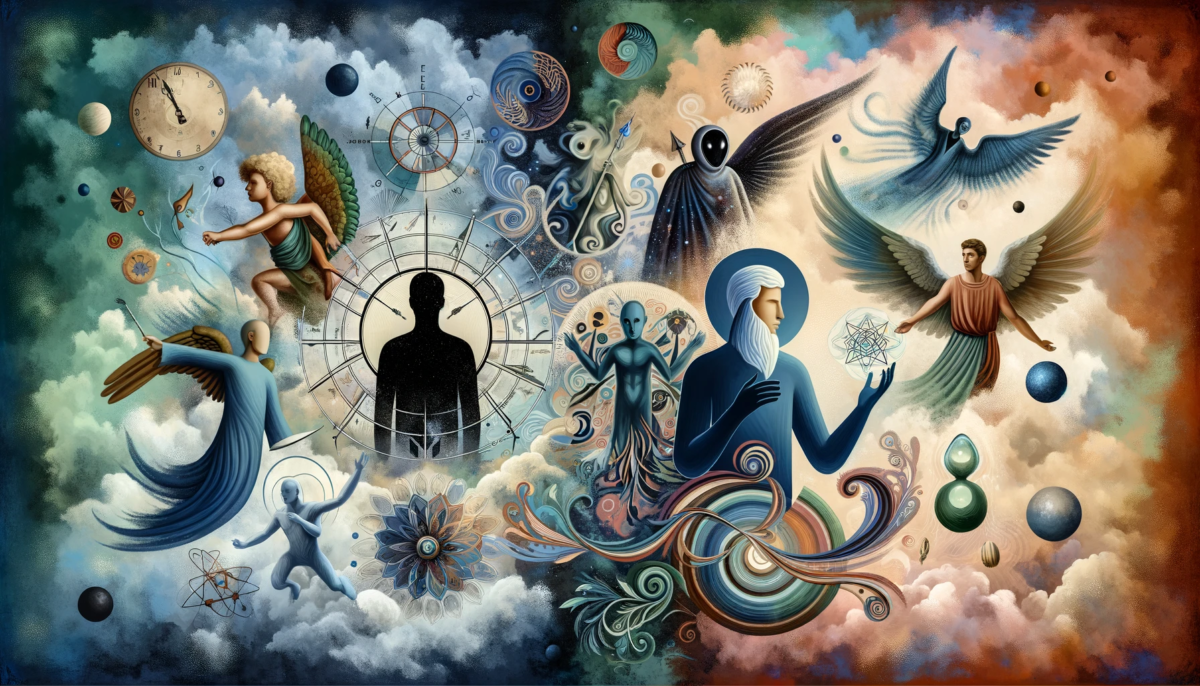
Embracing the Wild Card Within
We ponder the notion of being a ‘wild card,’ a symbol of unlimited potential and versatility. This concept suggests that we are not bound to a singular identity or form, but rather have the capacity to transform into various entities or embody diverse characteristics. Yet, often, we choose to present ourselves merely as human, perhaps overlooking the myriad possibilities of our existence.
The Forgotten Versatility of Self
The idea that we have forgotten our ability to metamorphose into anything—from alchemists to aliens, angels to gods—speaks to a potential underestimation of our own capacities. It’s an invitation to remember and embrace the expansiveness of our being, beyond the confines of our human identity.
The Human Facade and its Limitations
Our belief in being ‘just this human,’ with no extraordinary talents or abilities, may be a self-imposed limitation. It’s a comfortable but possibly restrictive identity, one that aligns us with the multitude, making us two or ten or a trillion of a kind. This perspective, while grounding, might also diminish the recognition of our unique potential.
The Choice of Identity and Expression
The closing remark, “Hey, whatever suits you,” implies that the choice of how we present and perceive ourselves is ours to make. It’s a nod to the freedom of self-expression and identity, whether we choose to embrace our wild card nature or remain within the familiar bounds of our human existence.
We Are Space Monkey
“The privilege of a lifetime is to become who you truly are.” – Carl Jung
In the cosmic game of life,
Each of us, a card so wild.
Beyond the human strife,
Lies the spirit, untamed and mild.
With wings unseen, we soar,
In realms of endless guise.
Each choice, an open door,
To the truth that never dies.
We invite your reflections on this concept of embracing our ‘wild card’ nature and the freedom to choose our identity beyond the human facade.
